Joan Jonas is a pioneer of video and performance art, her early work from the 1960s and 1970s anticipated the following forty years of multimedia.
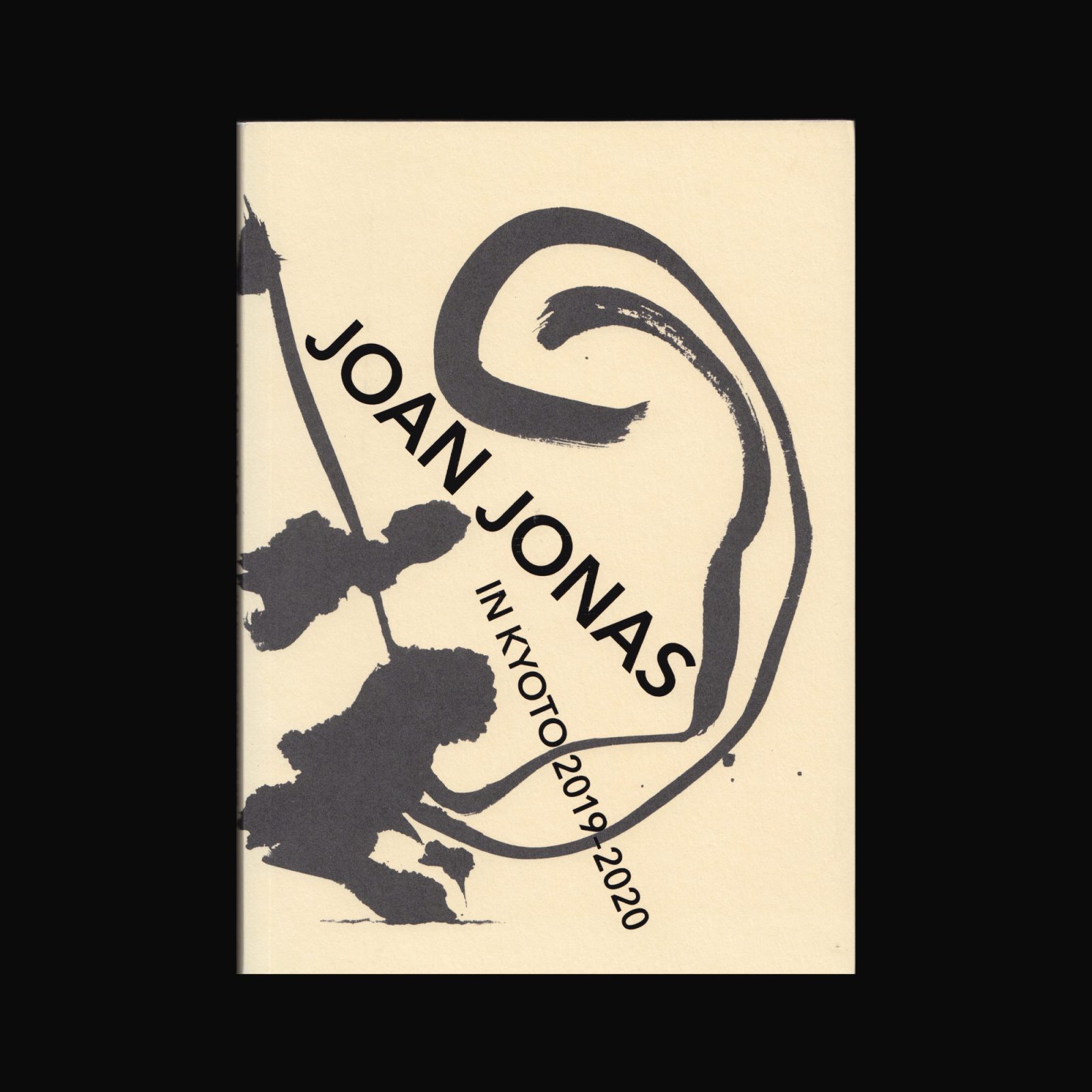

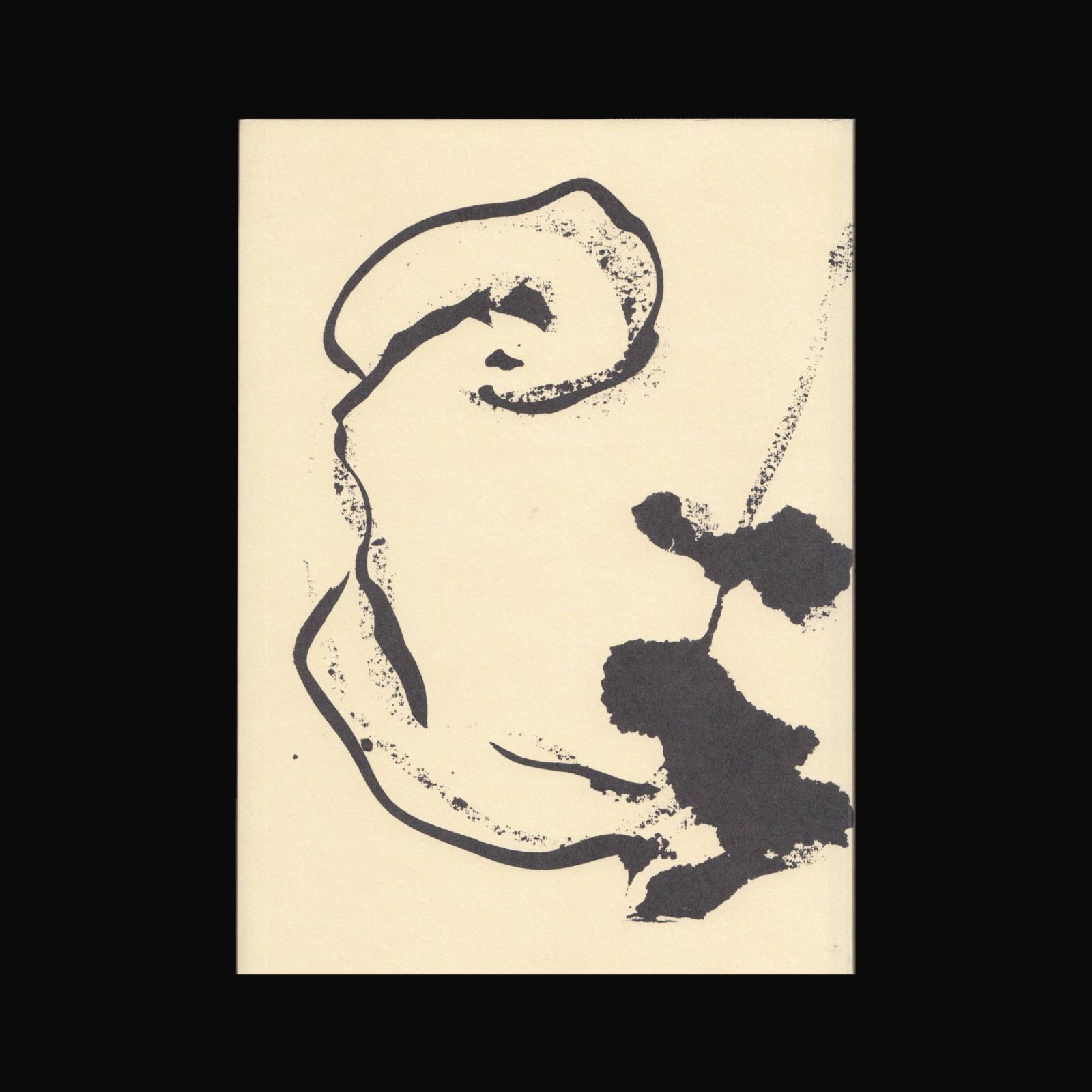
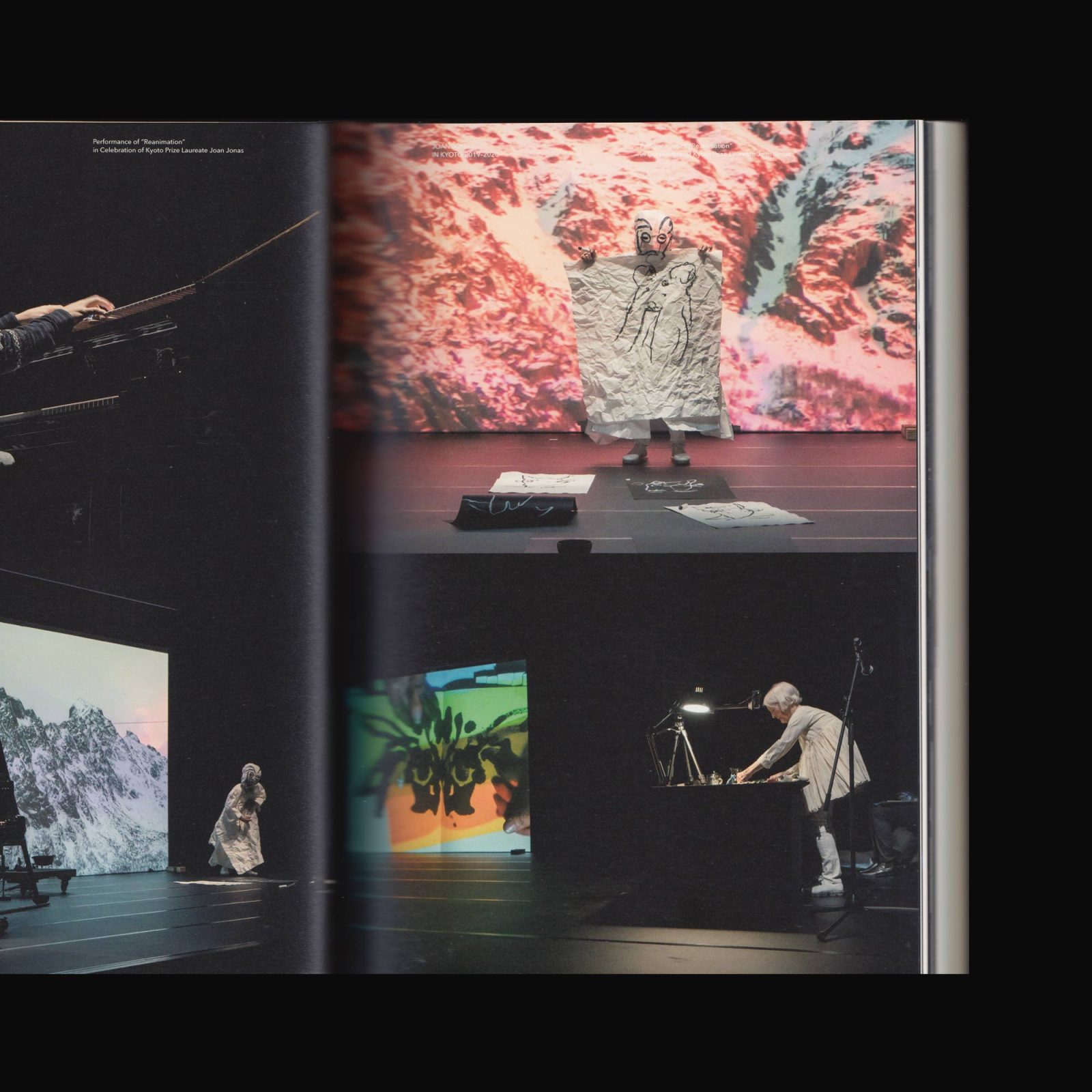
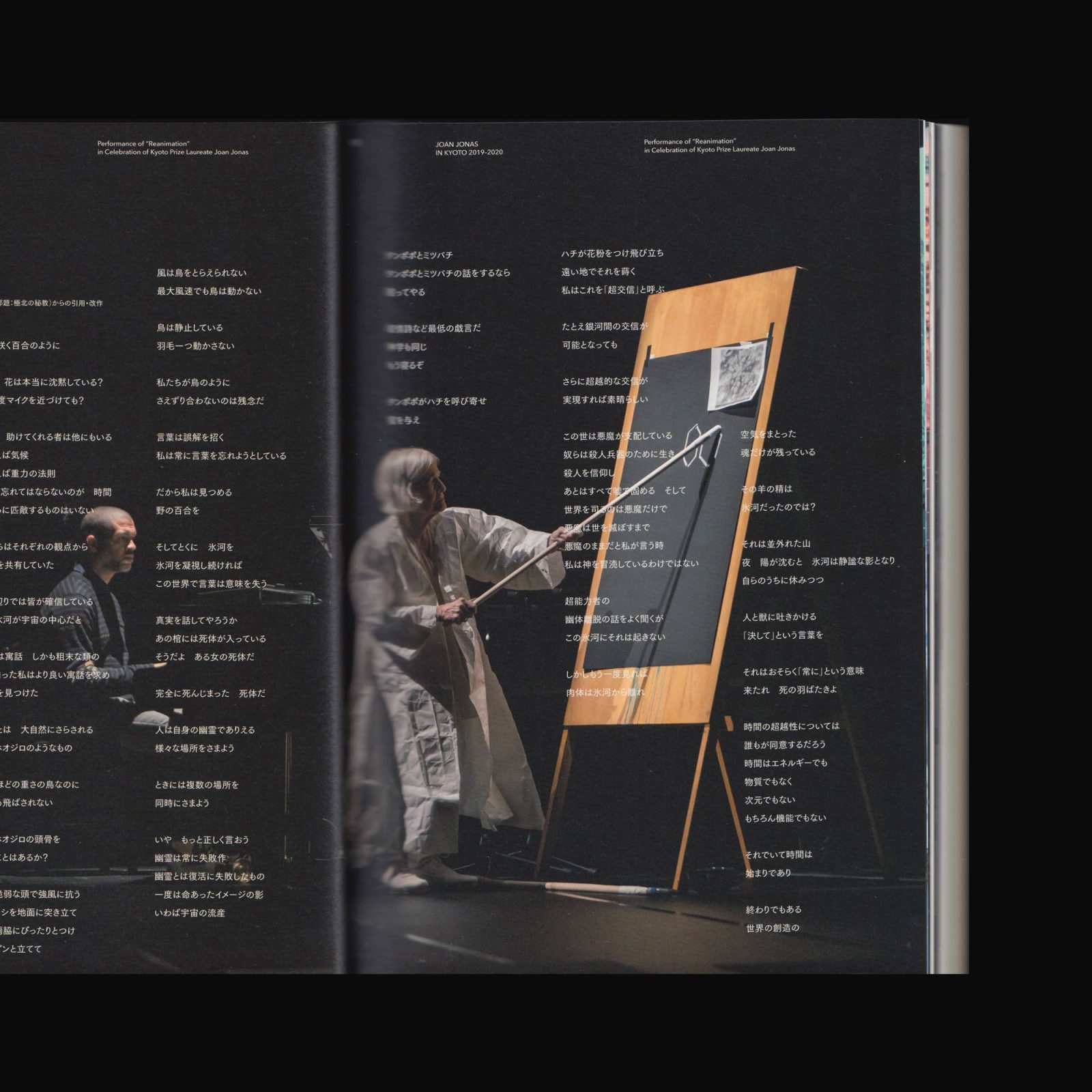
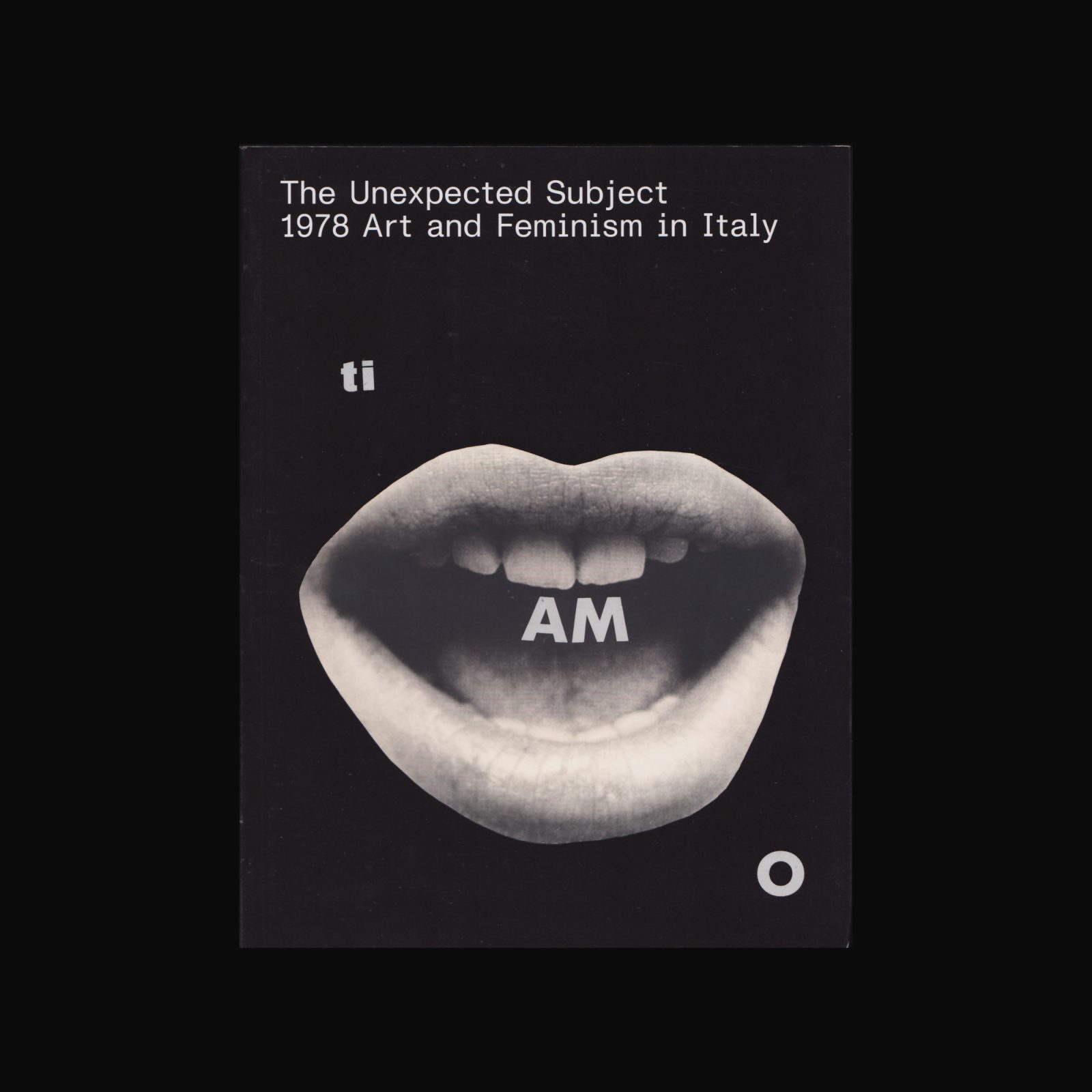
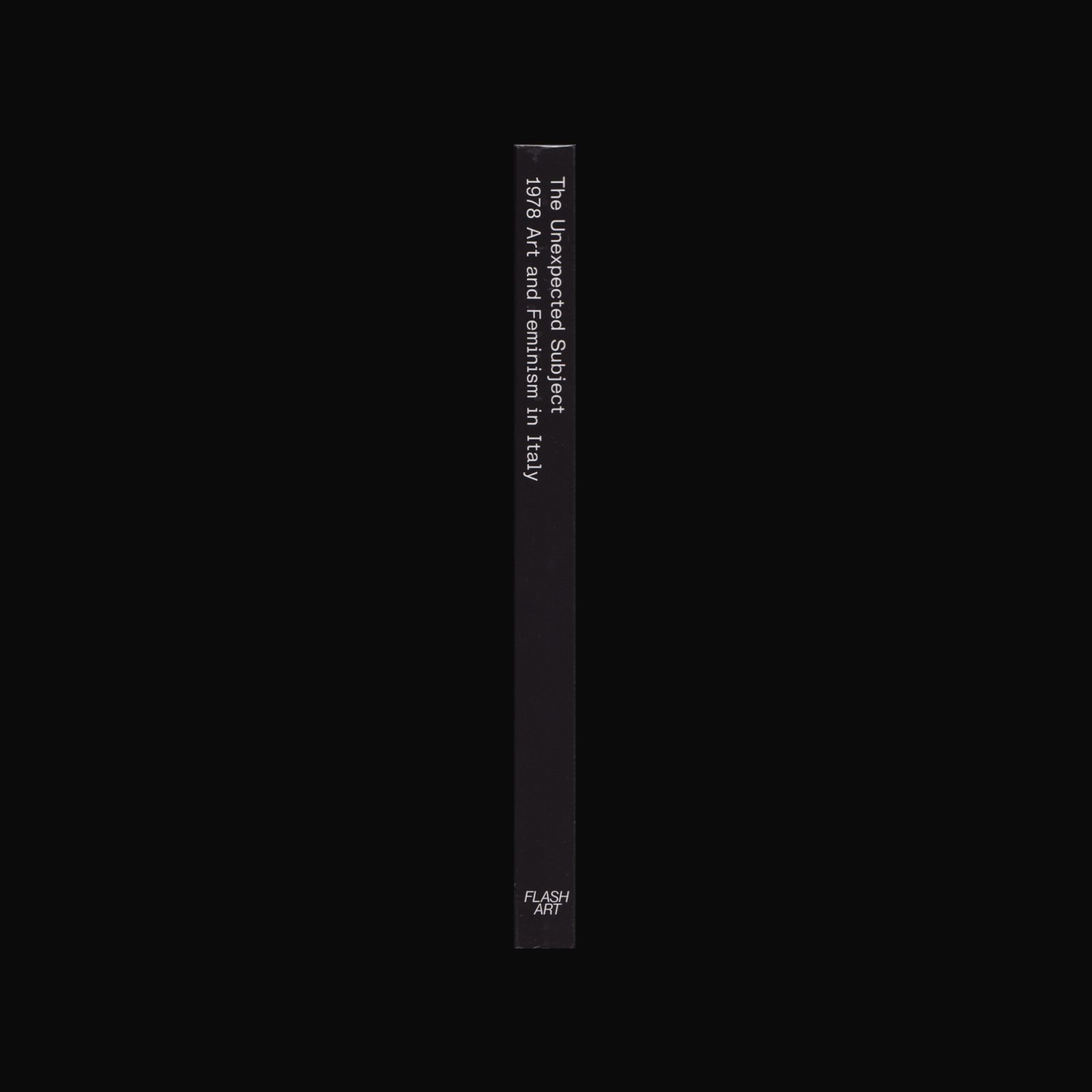
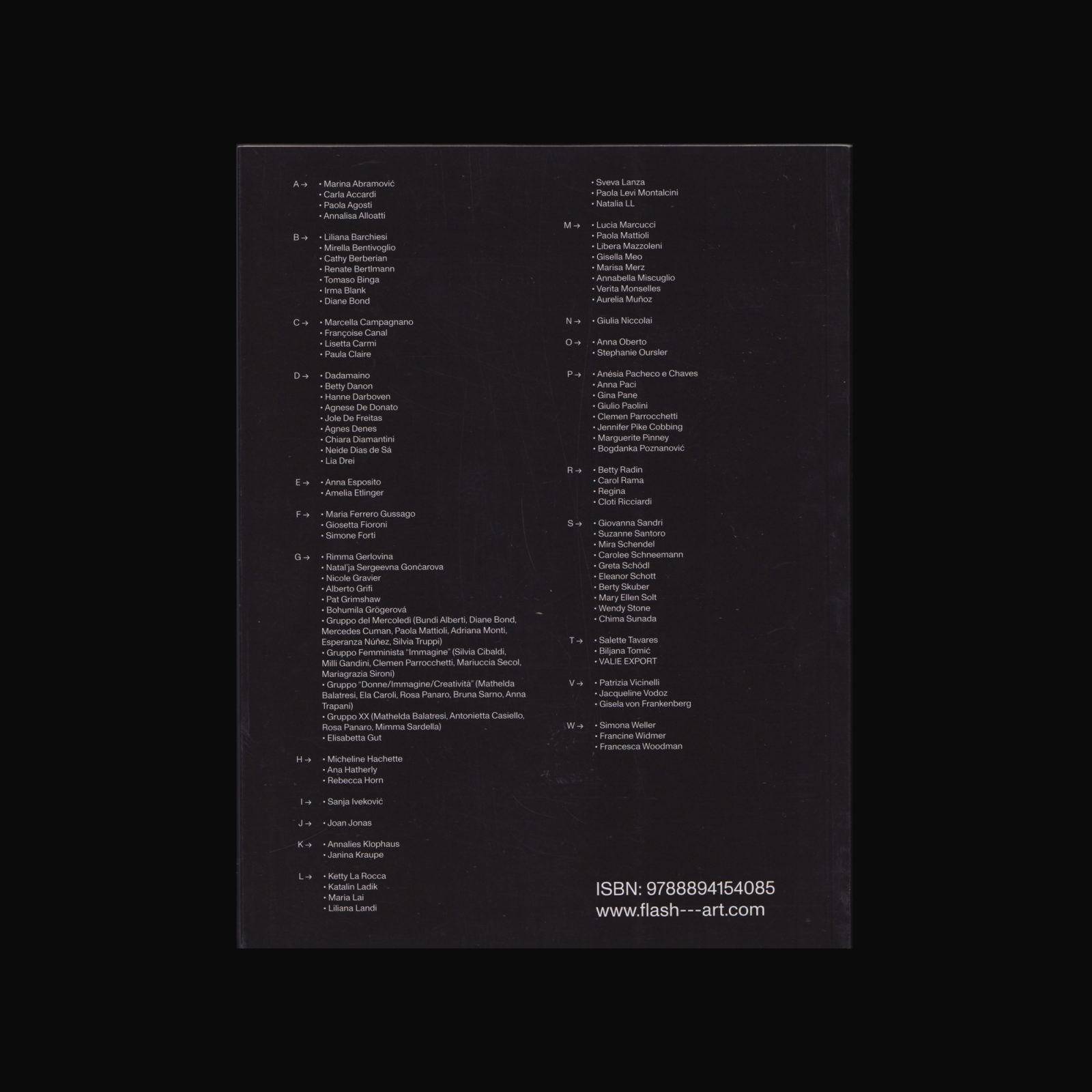
Produced on the occasion of the eponymous exhibition at FM Centre for Contemporary Art, Milan, from 4 April–26 May, 2019. The Unexpected Subject. 1978 Art and Feminism in Italy recounts the Seventies as a key phase in the history of Italian art of the 20th century, during which the spread of feminist thinking stimulates a new critical awareness that encourages many female artists, curators and art historians to rethink their role in society, life and art.
With works by Tomaso Binga, Irma Blank, Hanne Darboven, Agnes Denes, Chiara Diamantini, Amelia Etlinger, Maria Ferrero Gussago, Simone Forti, Sanja Iveković, Joan Jonas, Ketty La Rocca, Katalin Ladik, Maria Lai, Marisa Merz, Carol Rama, Mira Schendel, Carolee Schneemann, Eleanor Schott, Mariuccia Secol, Mary Ellen Solt, Biljana Tomić amongst others.
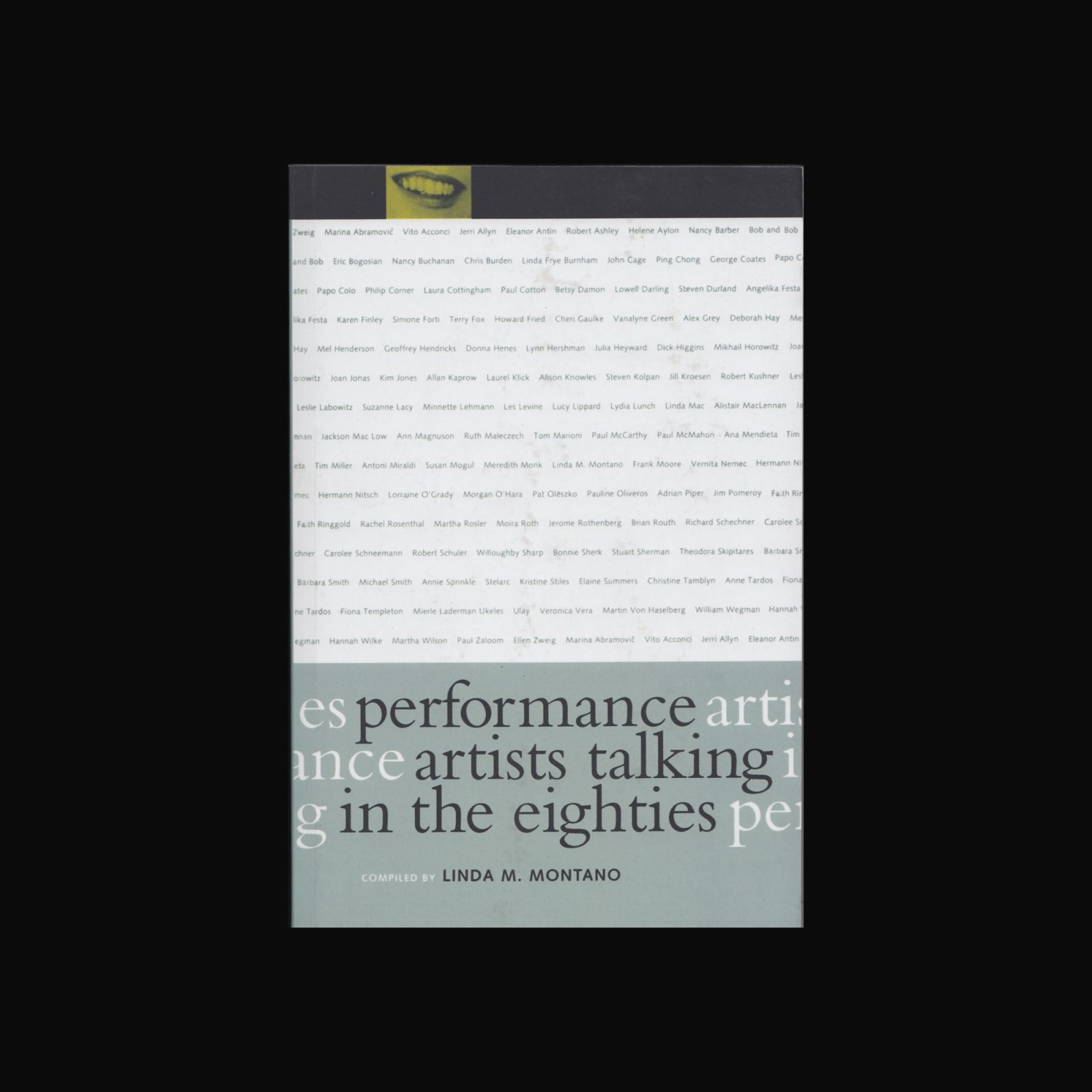
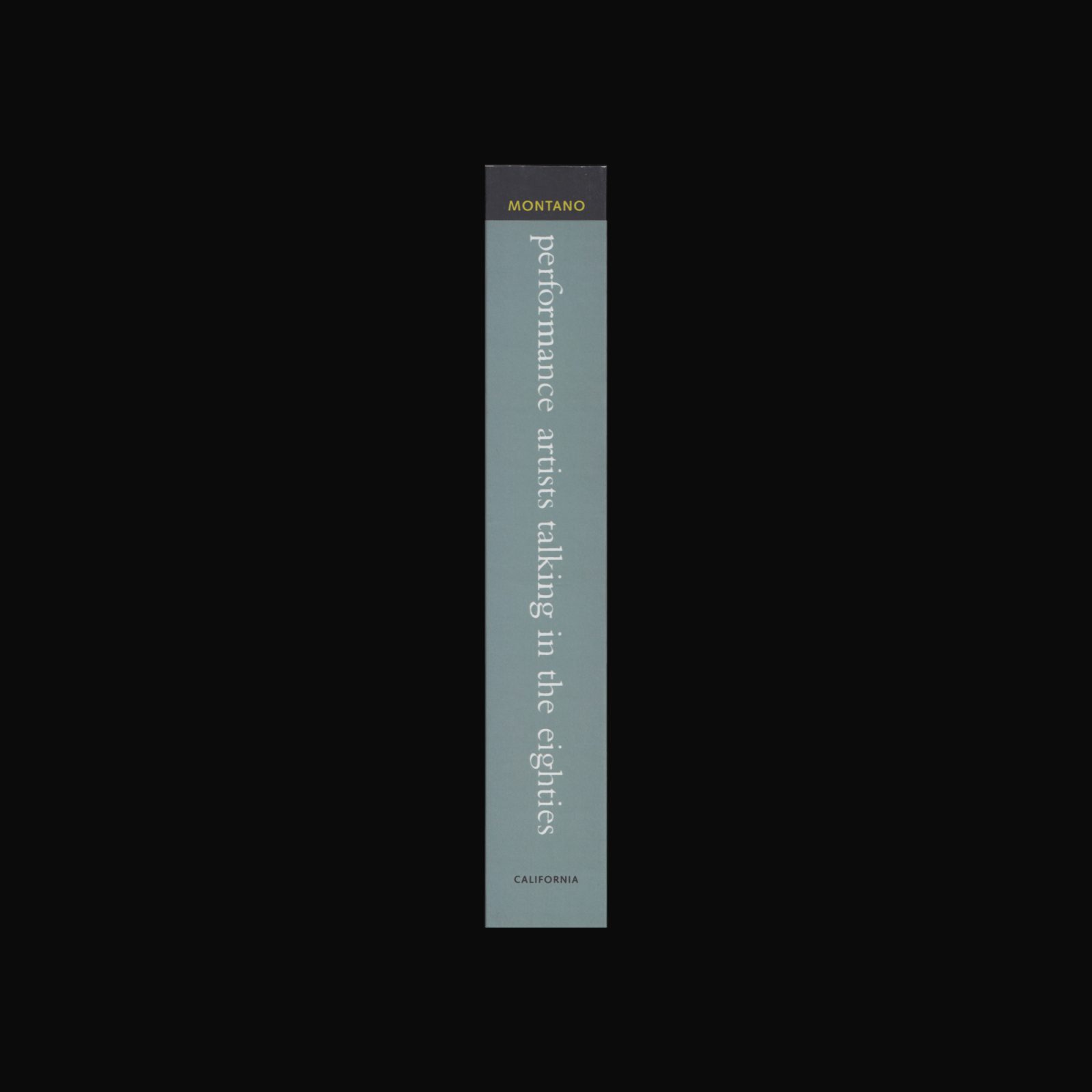
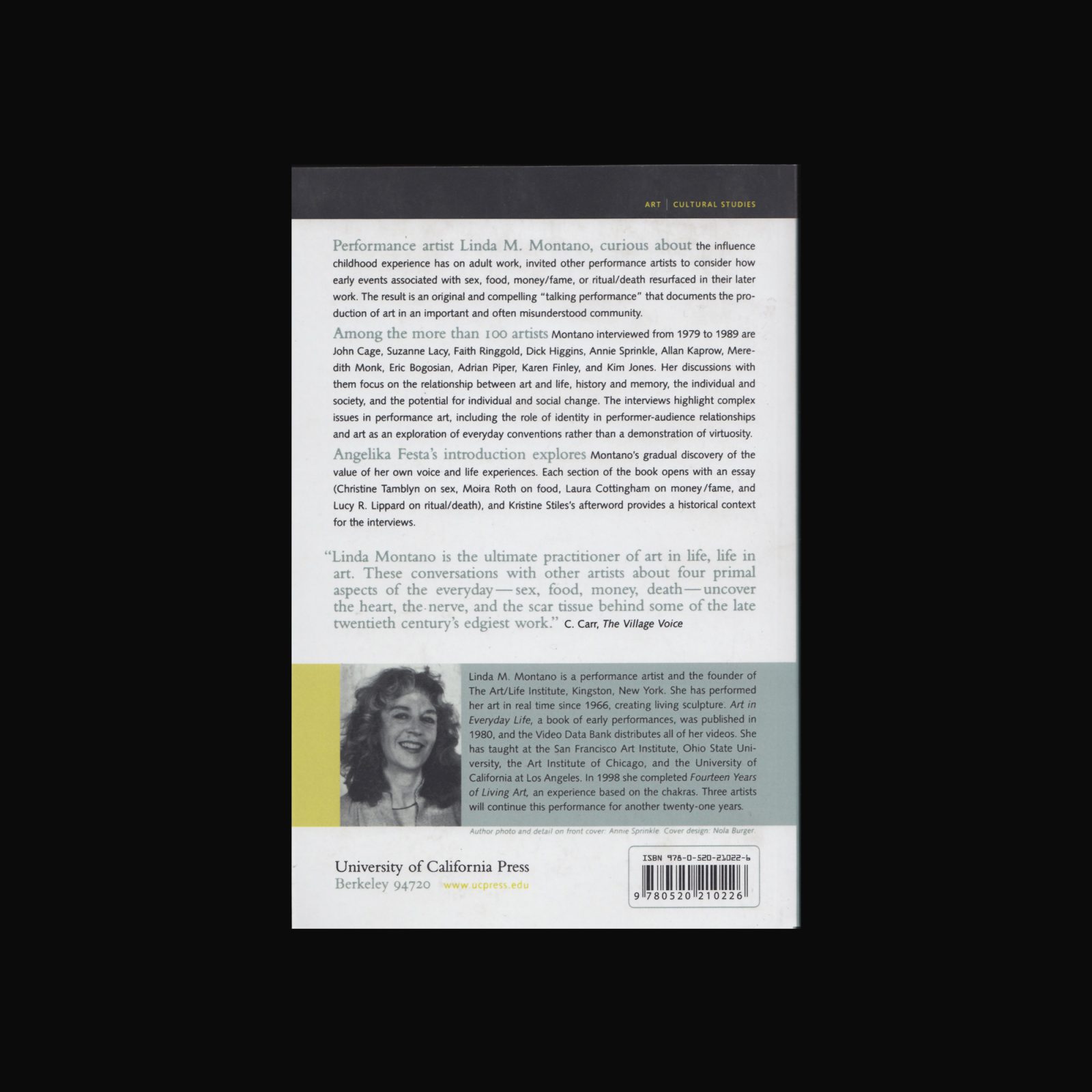
Performance artist Linda Montano invited other performance artists to consider how early events associated with sex, food, money/fame, or death/ritual resurfaced in their later work. The result is an original and compelling talking performance that documents the production of art in an important and often misunderstood community.
Among the more than 100 artists Montano interviewed from 1979 to 1989 were John Cage, Lorraine O’Grady, Mierle Laderman Ukeles, Stuart Sherman, Martha Rosler, Joan Jonas, Faith Ringgold, Dick Higgins, Allan Kaprow, Meredith Monk, Adrian Piper, Carolee Schneemann and Chris Burden. Her discussions with them focused on the relationship between art and life, history and memory, the individual and society, and the potential for individual and social change.
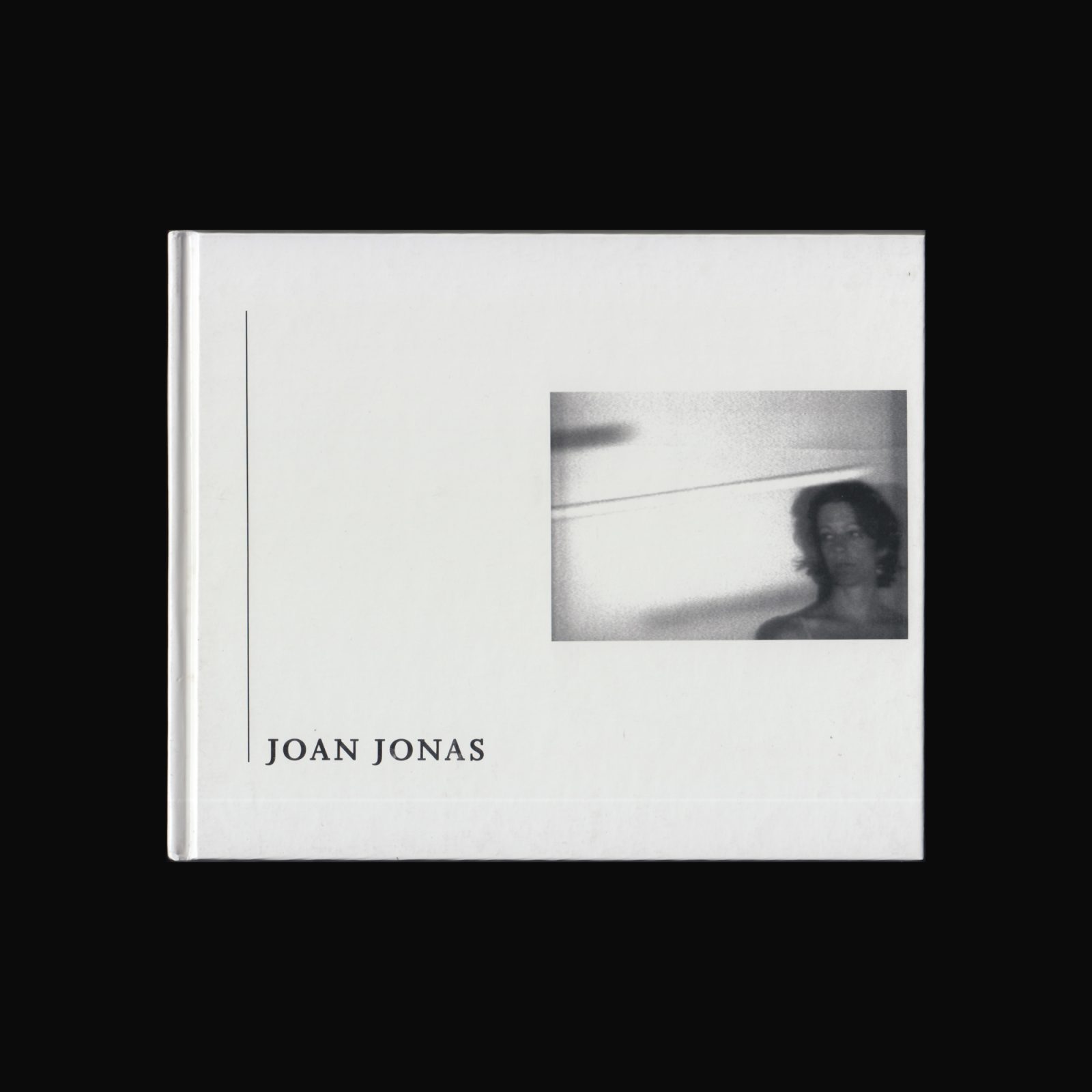

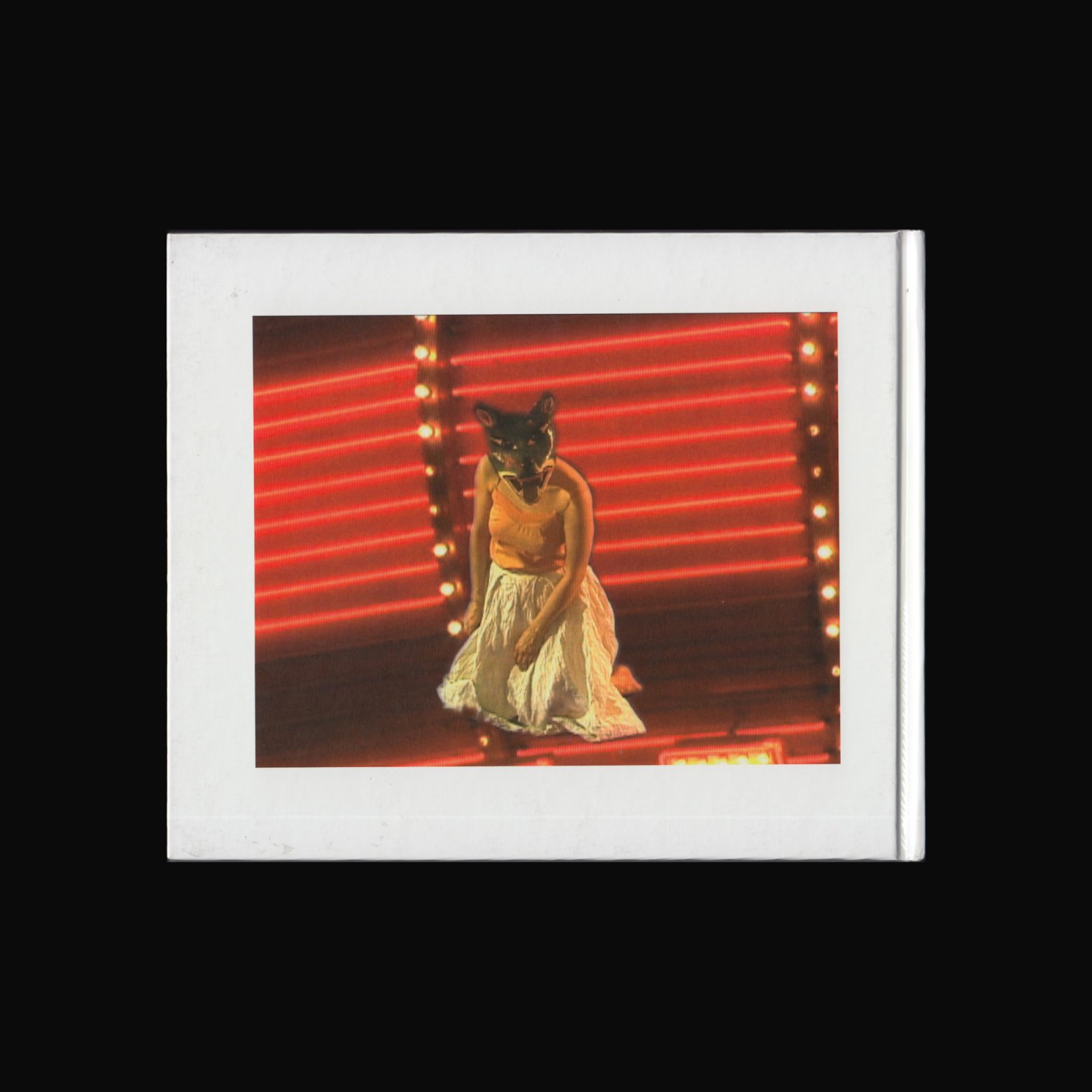
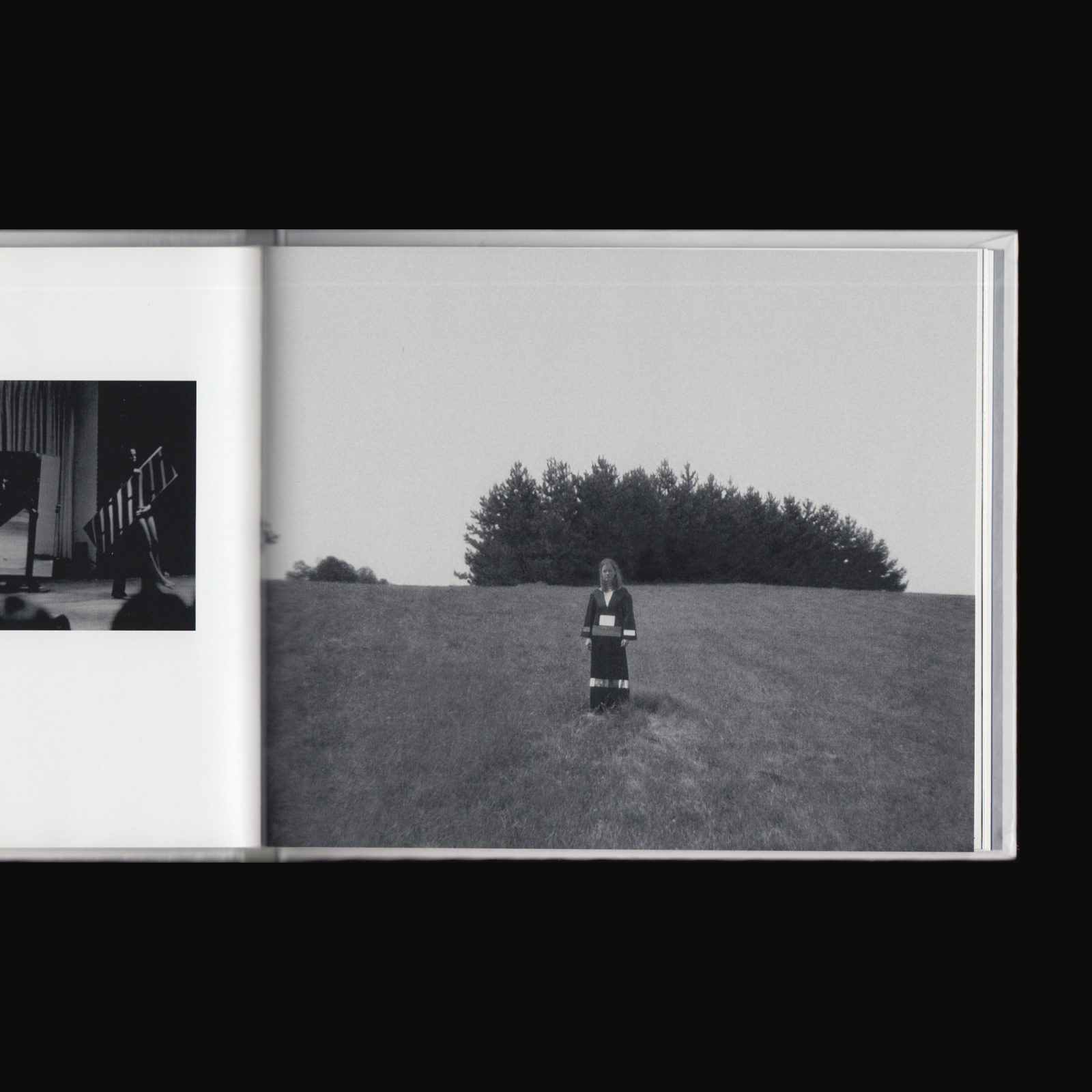
Produced on the occasion of the first extensive UK exhibition of the highly influential New York based video and performance artist, Joan Jonas, a collaboration between two venues: John Hansard Gallery, Southampton, and Wilkinson Gallery, London, during 2004–2005.
Works included range from early films and performance documentation to two new major installation works. This publication contains extensive texts which examine her work both past and present, and contextualise it within a broader cultural framework.
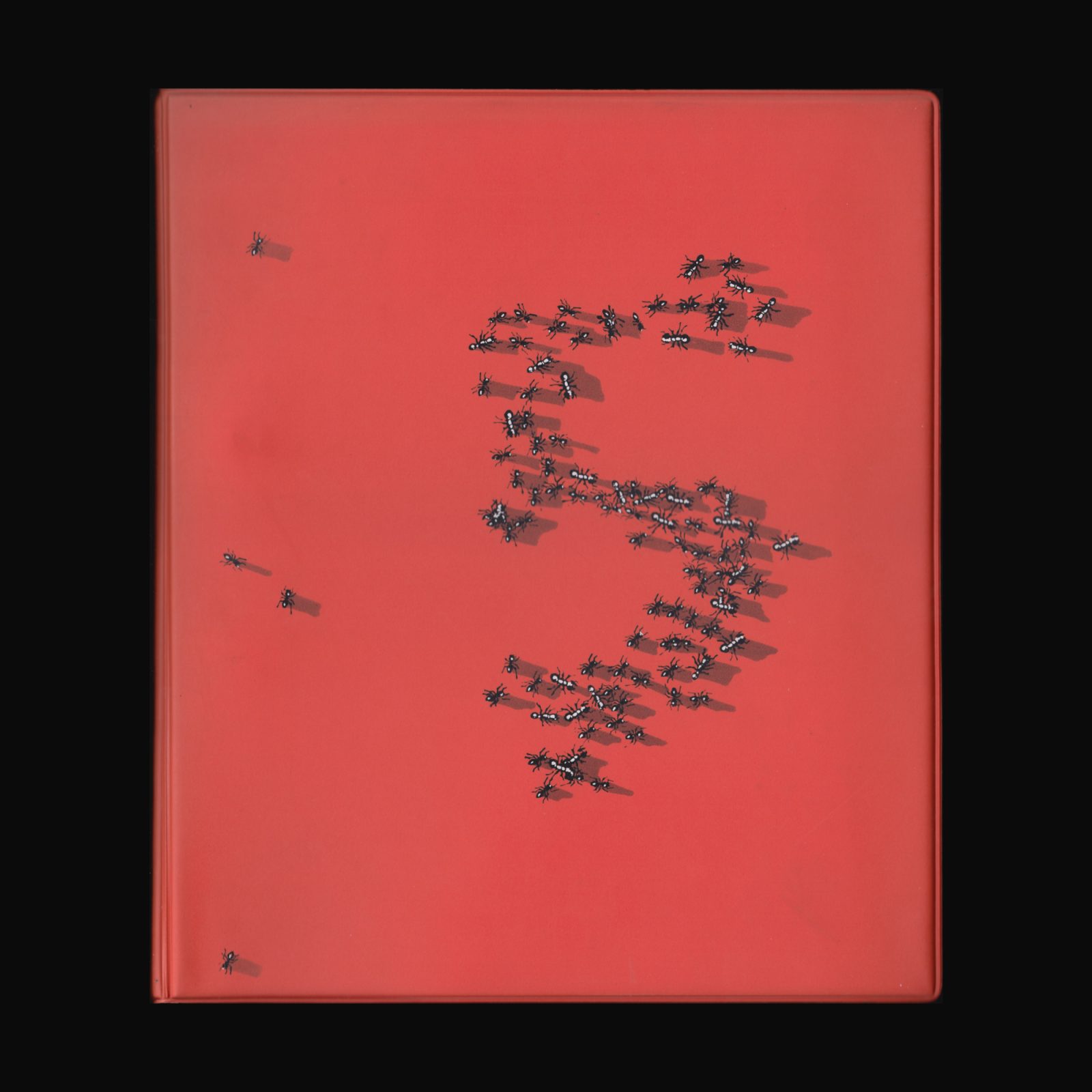
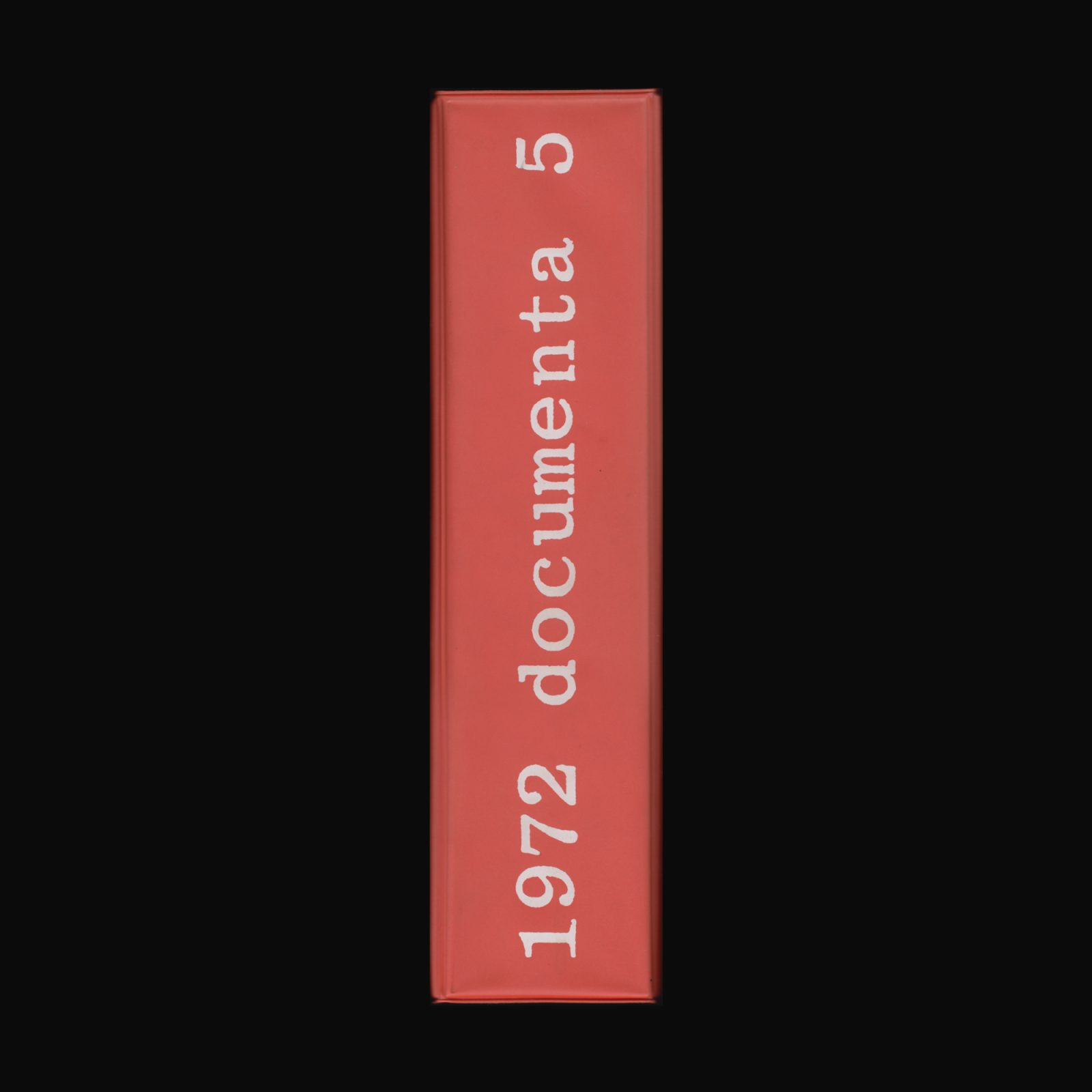
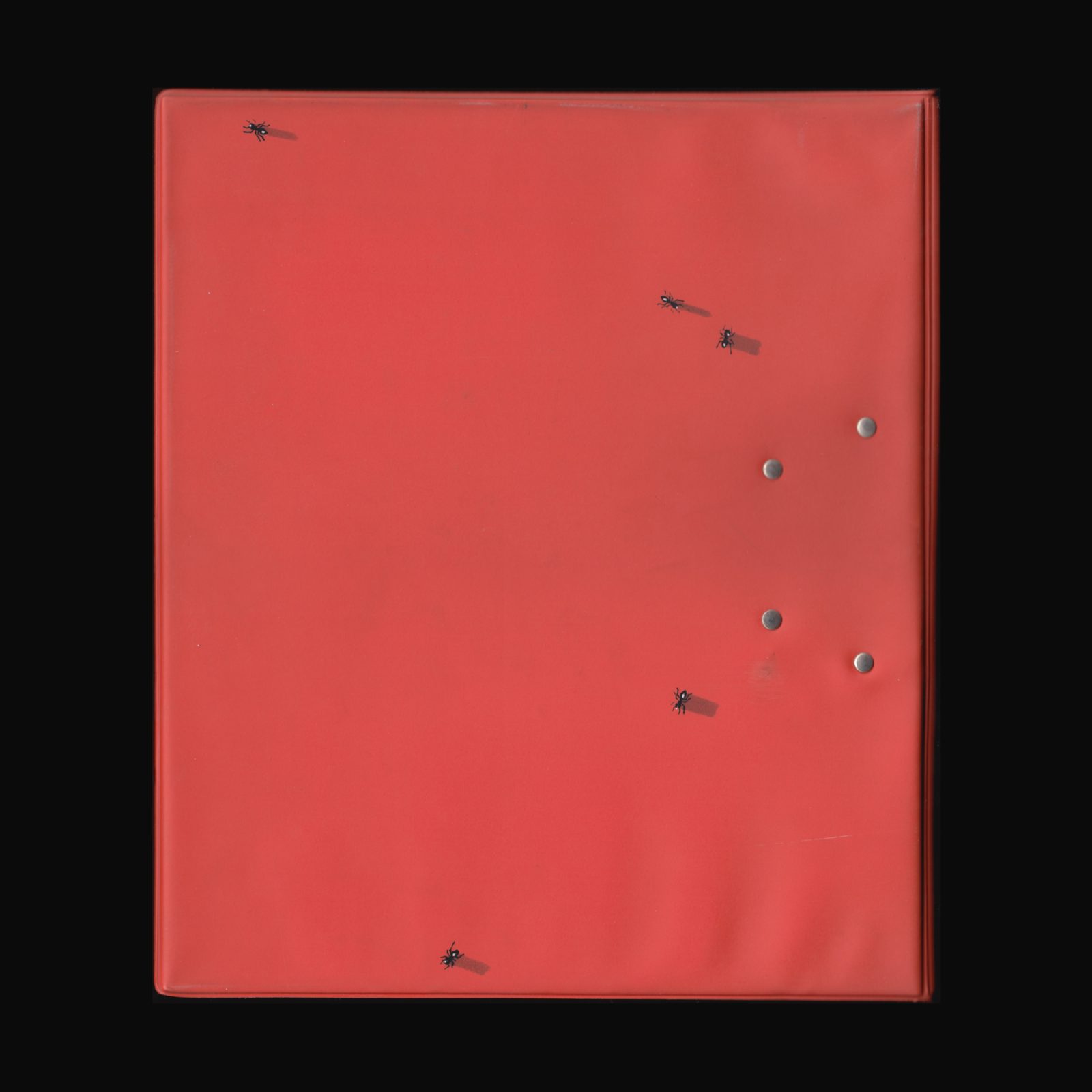
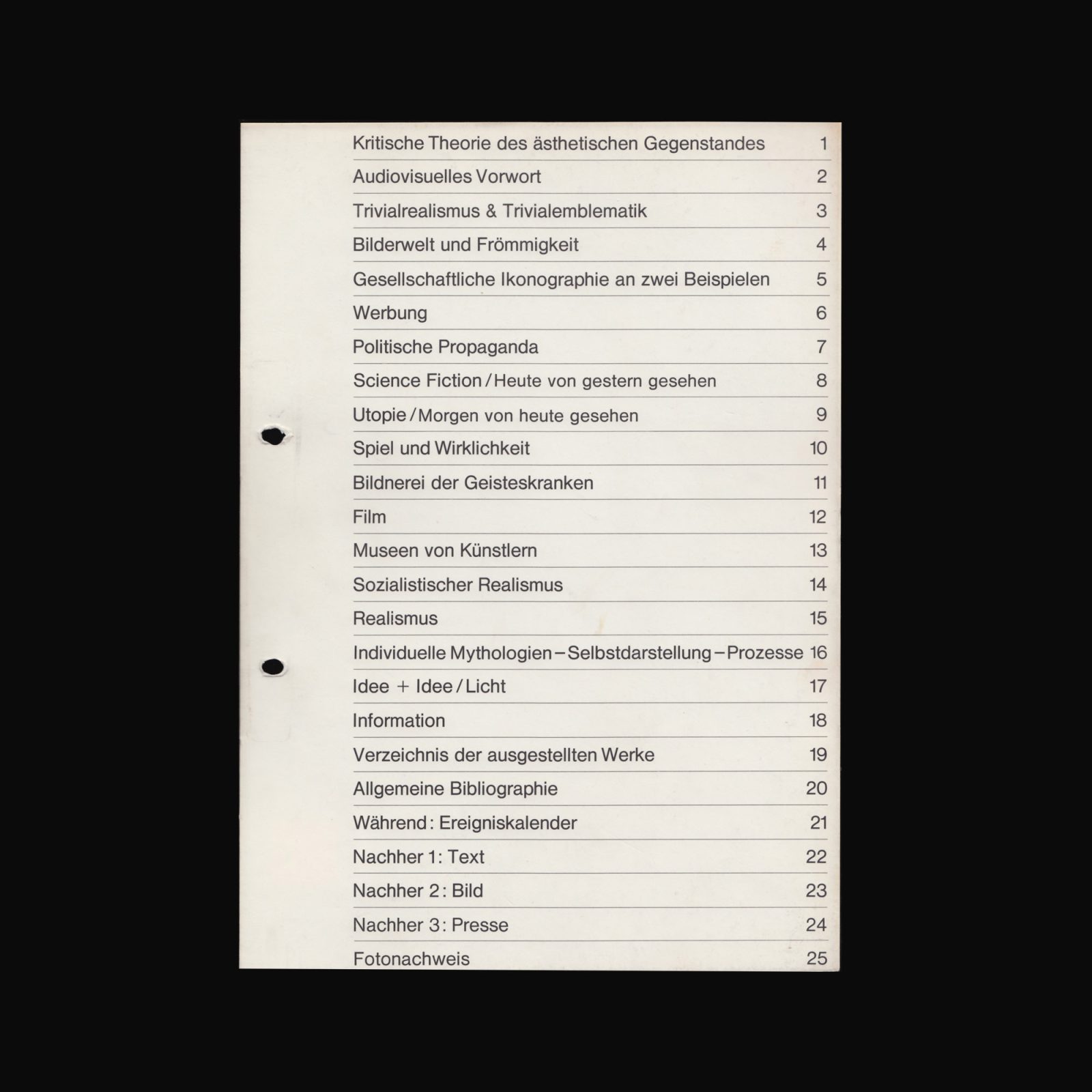
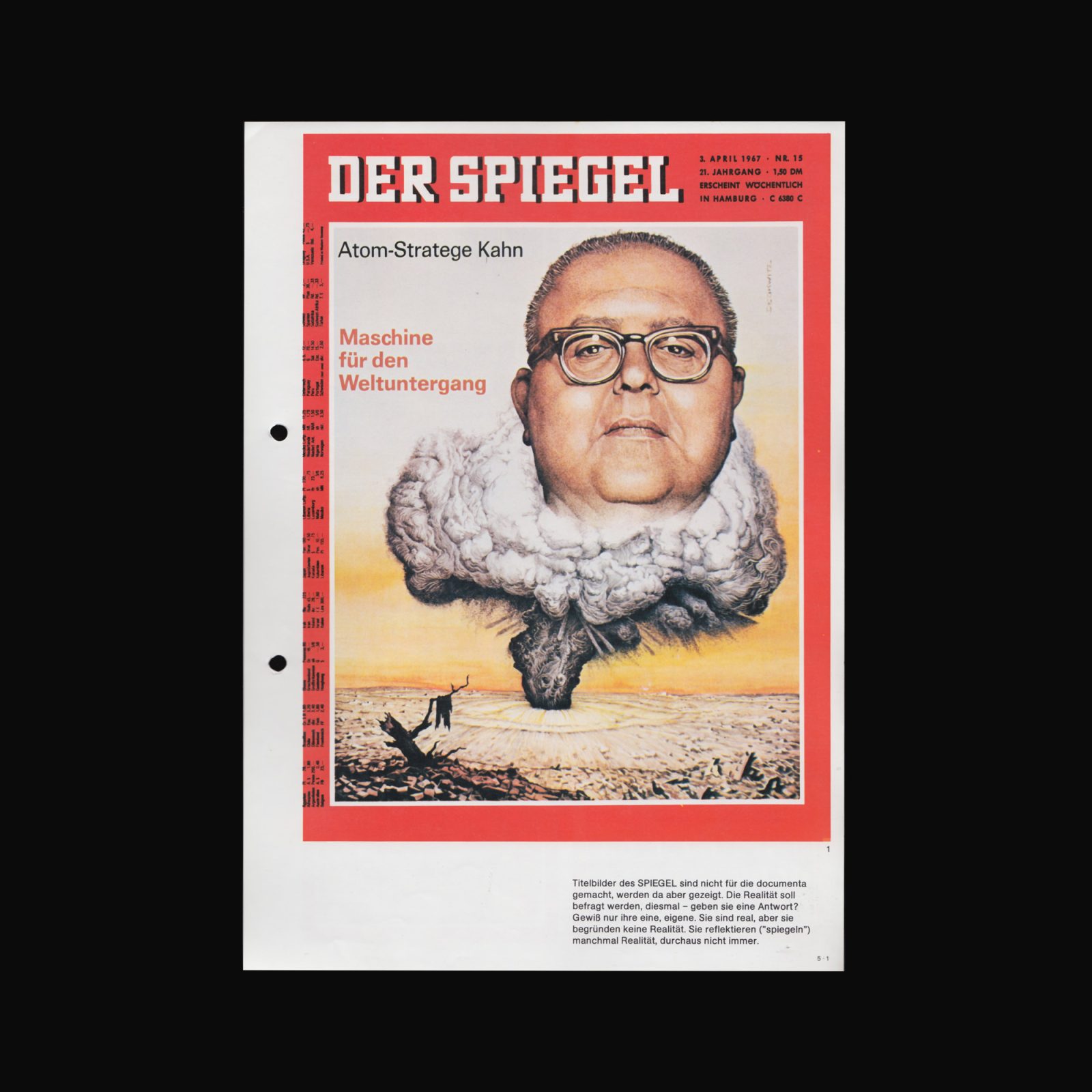
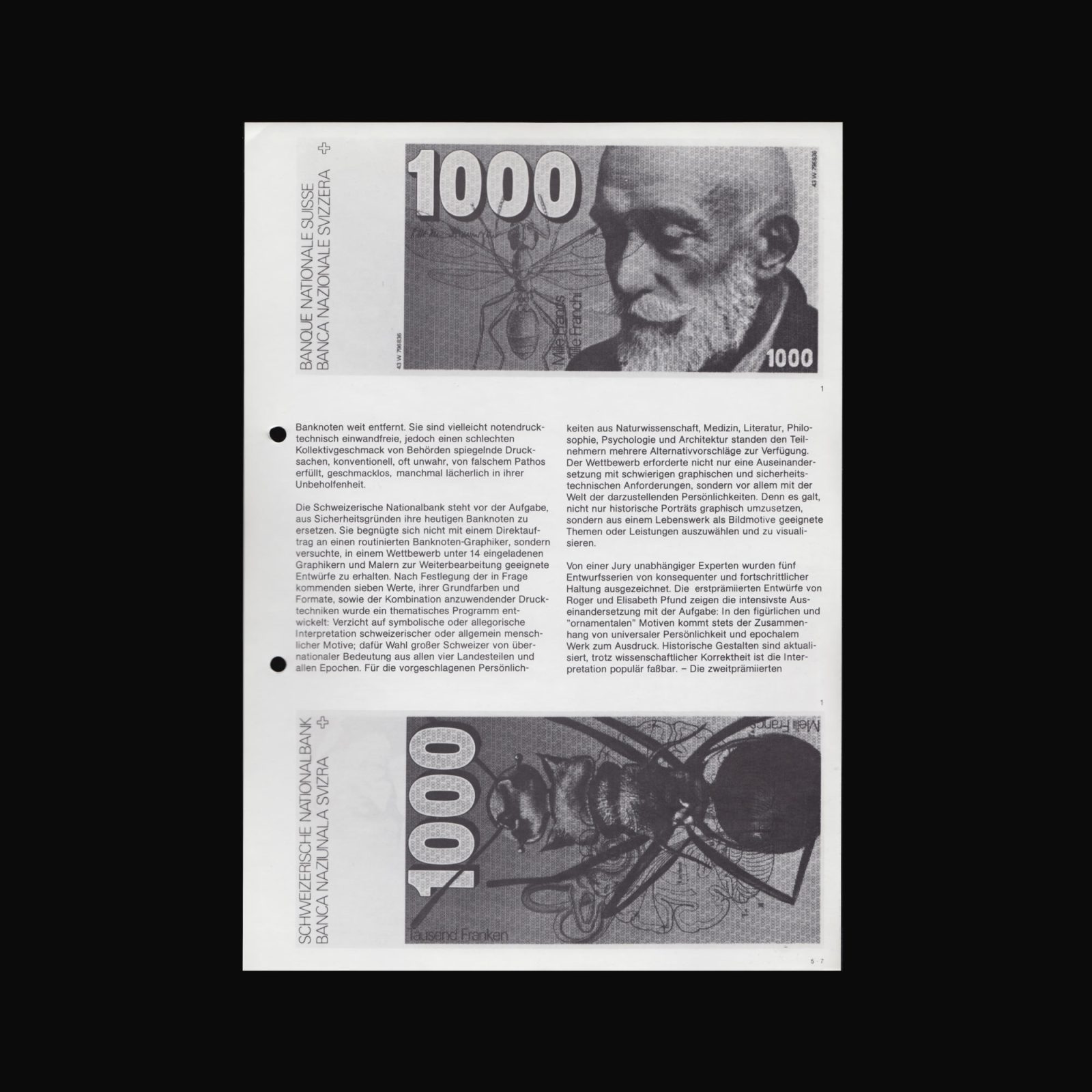

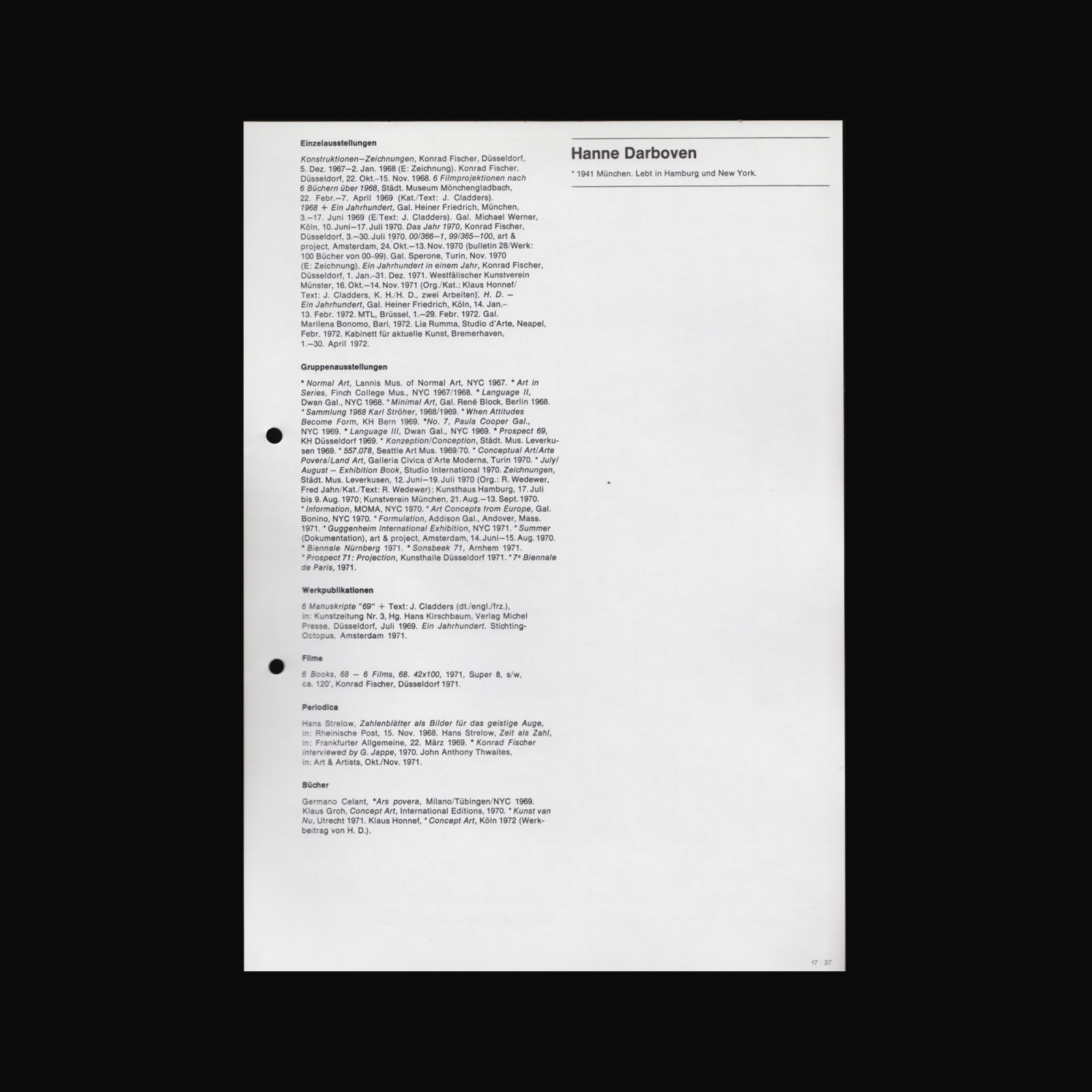
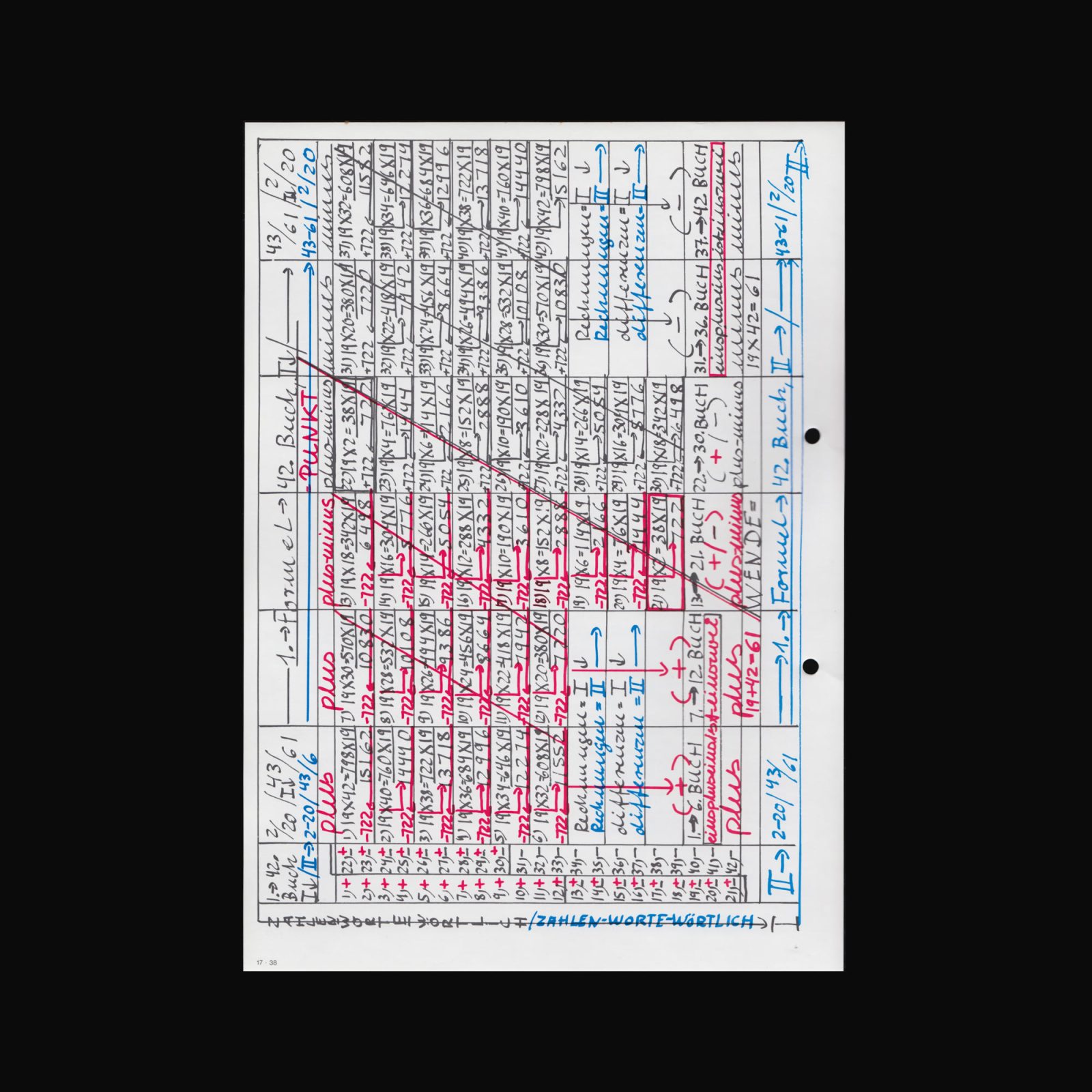
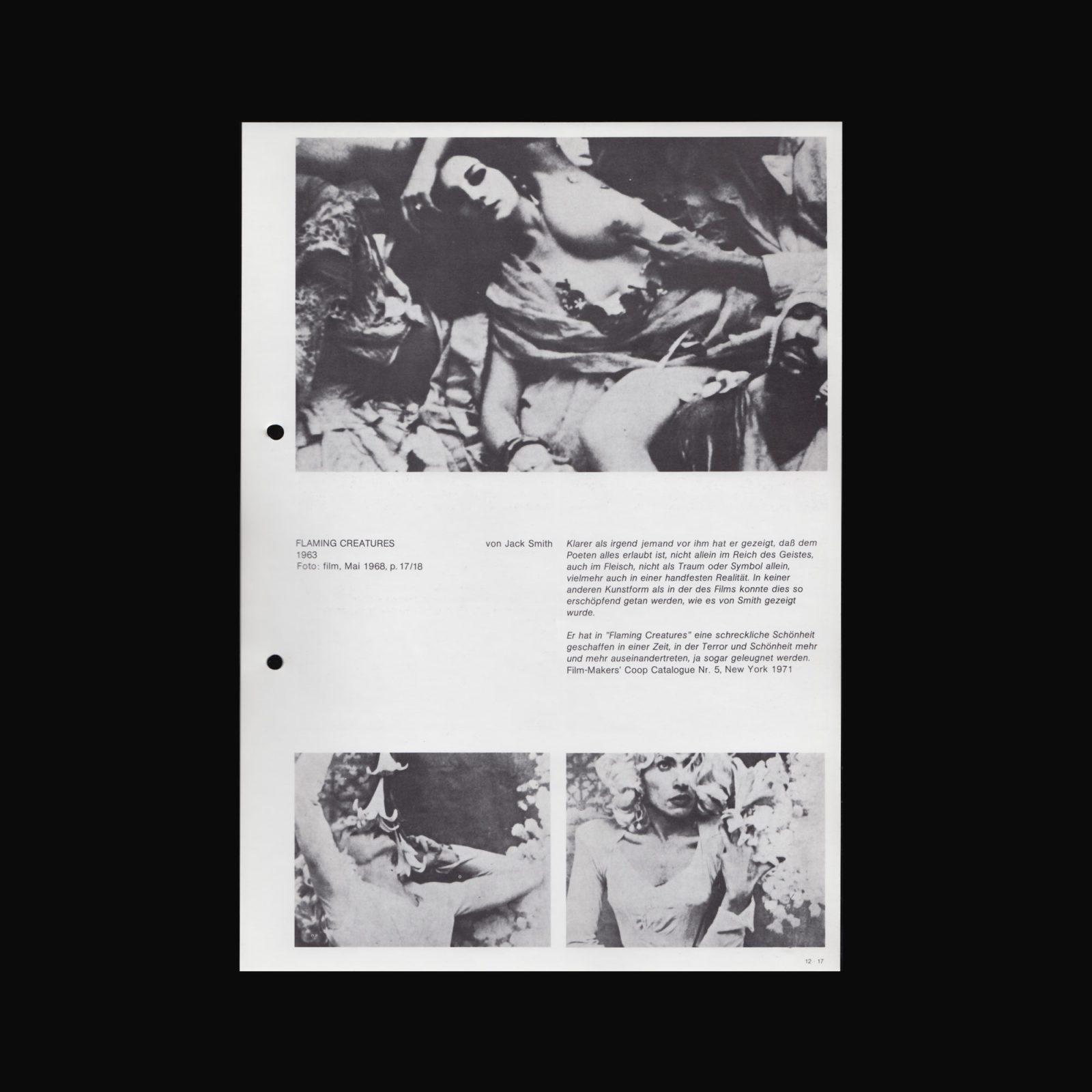
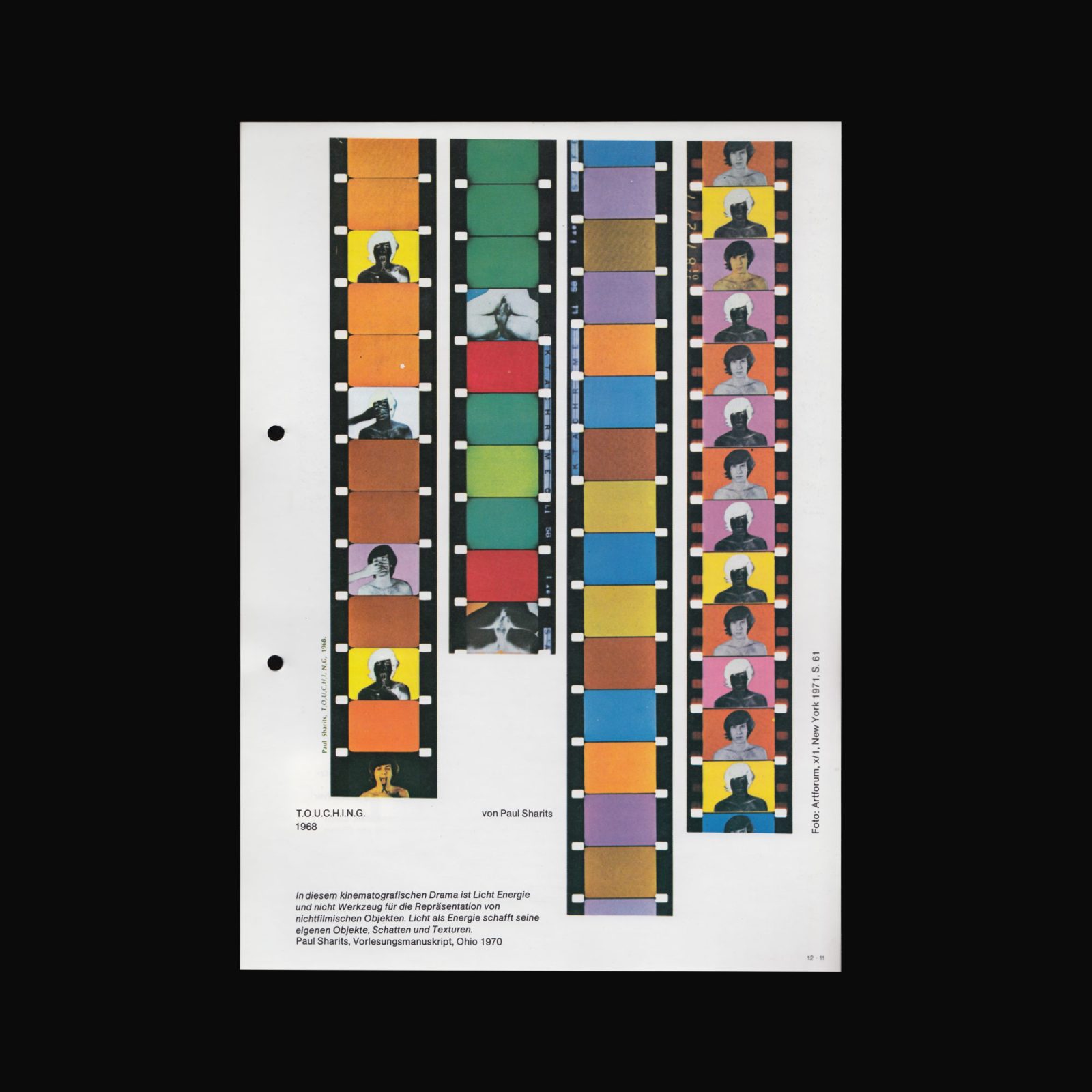
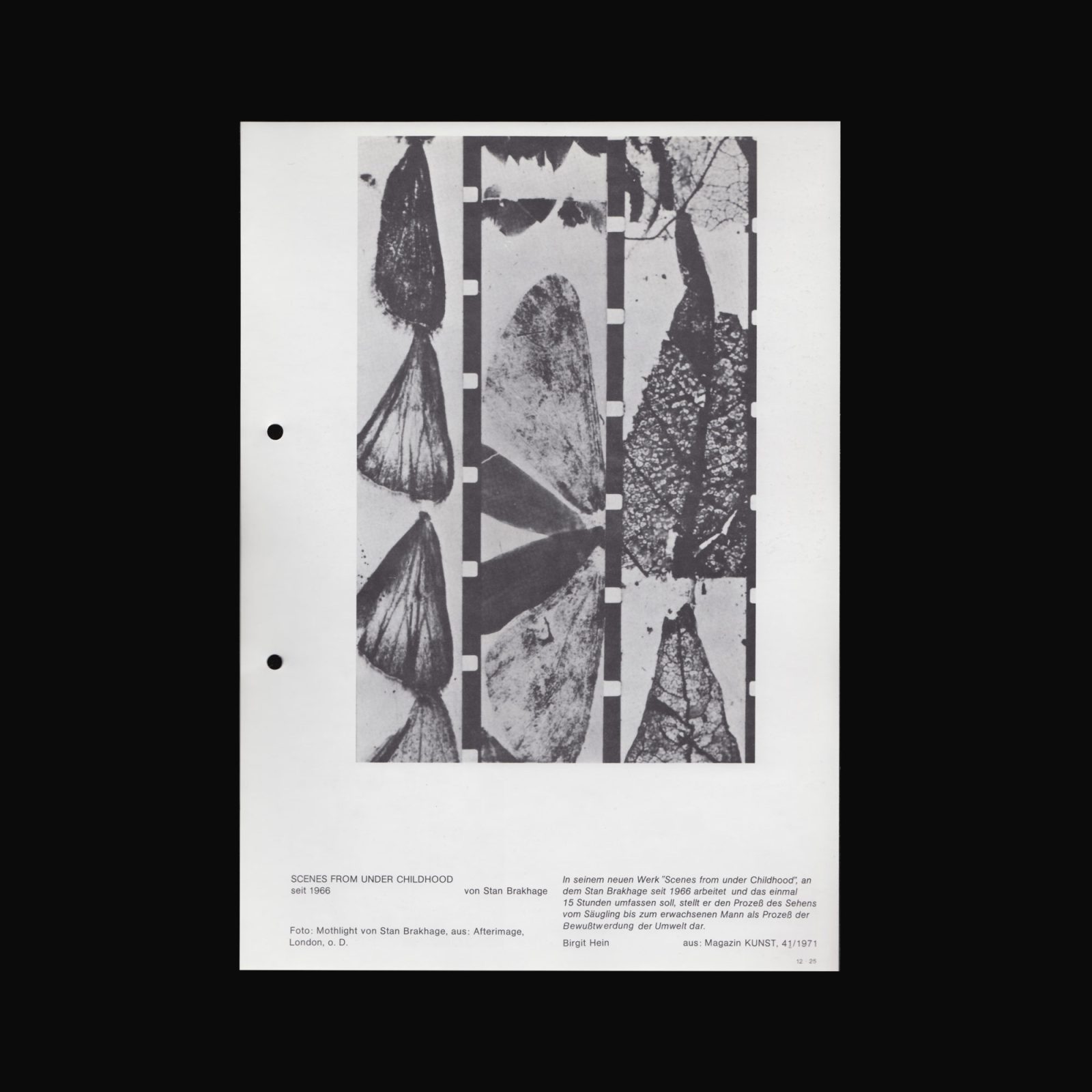
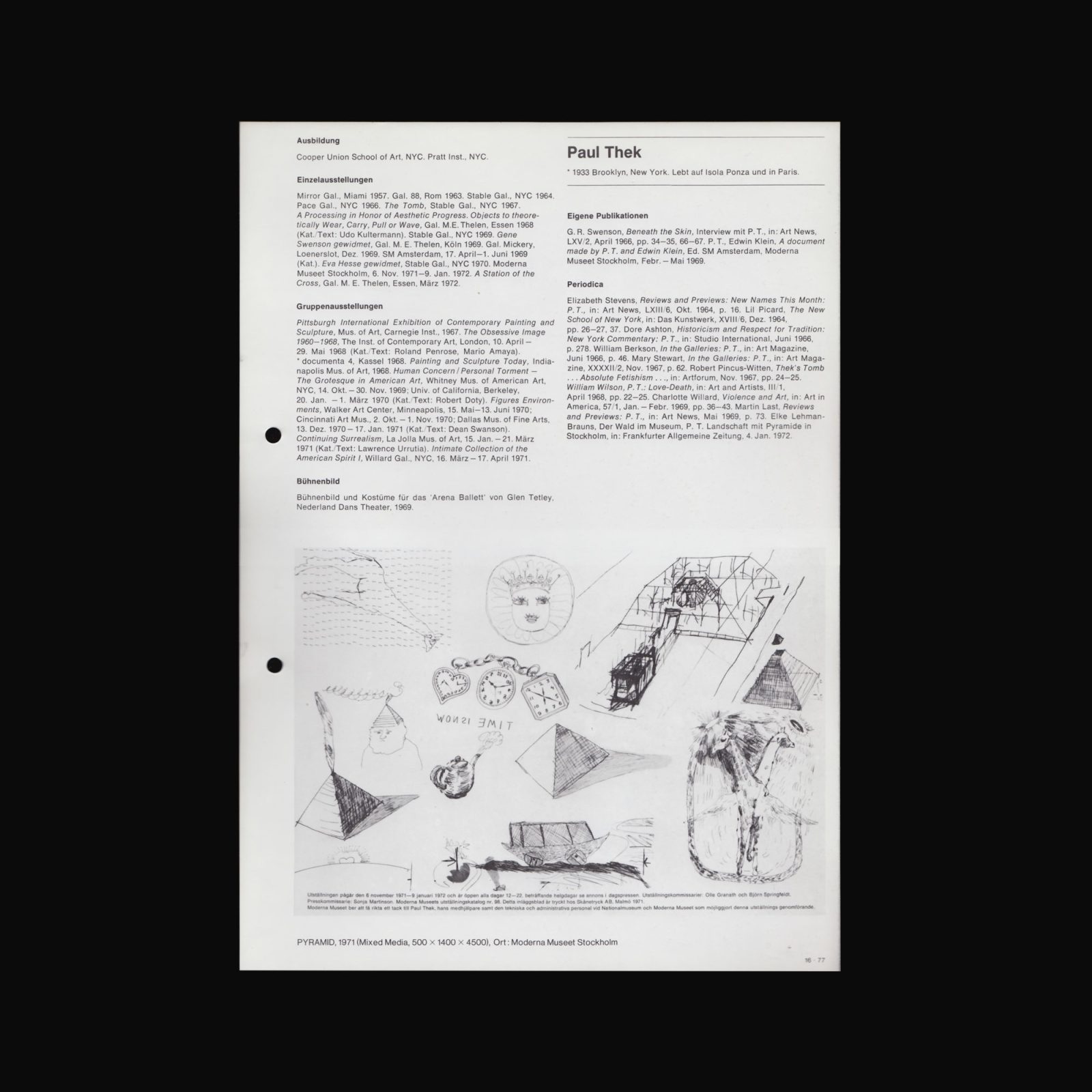
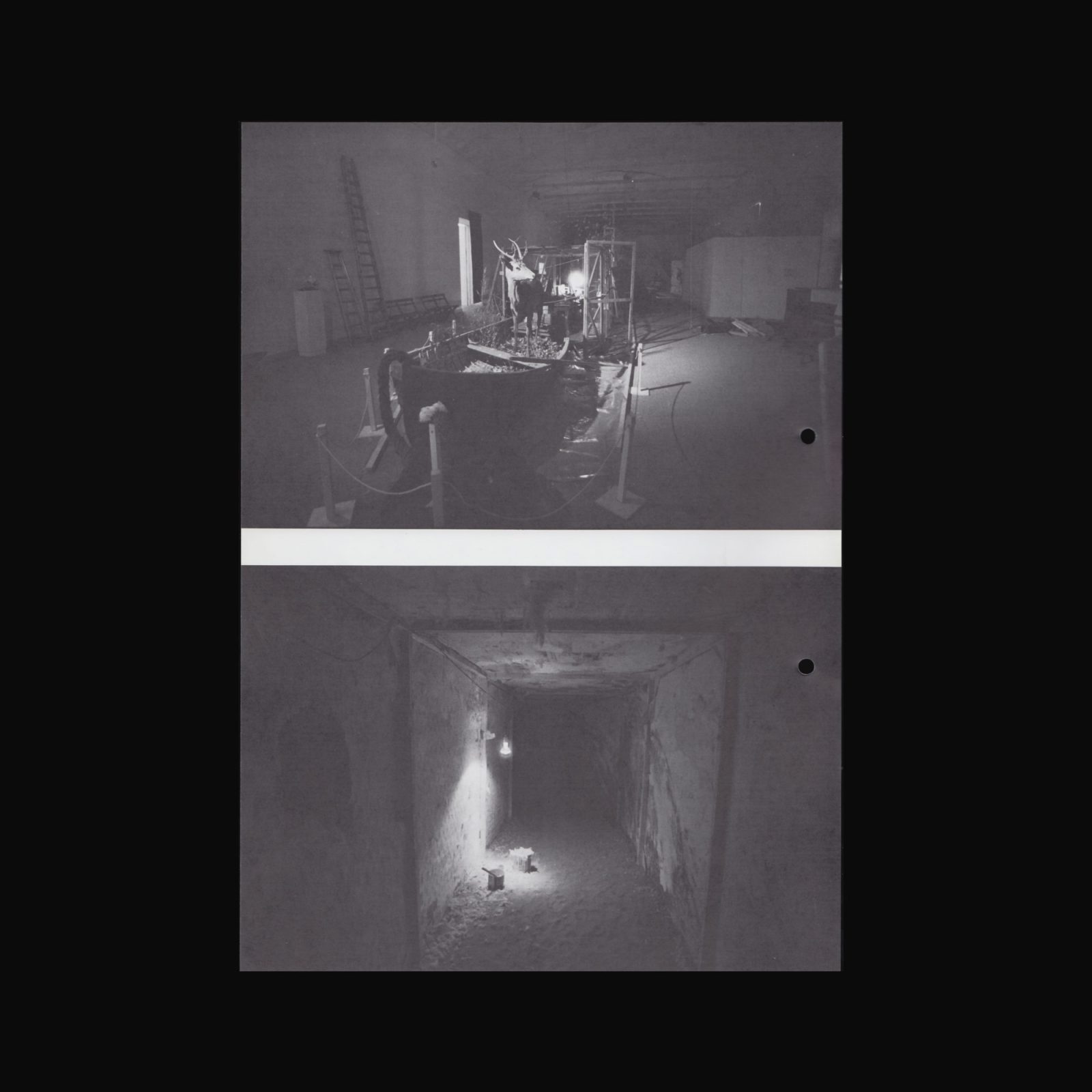
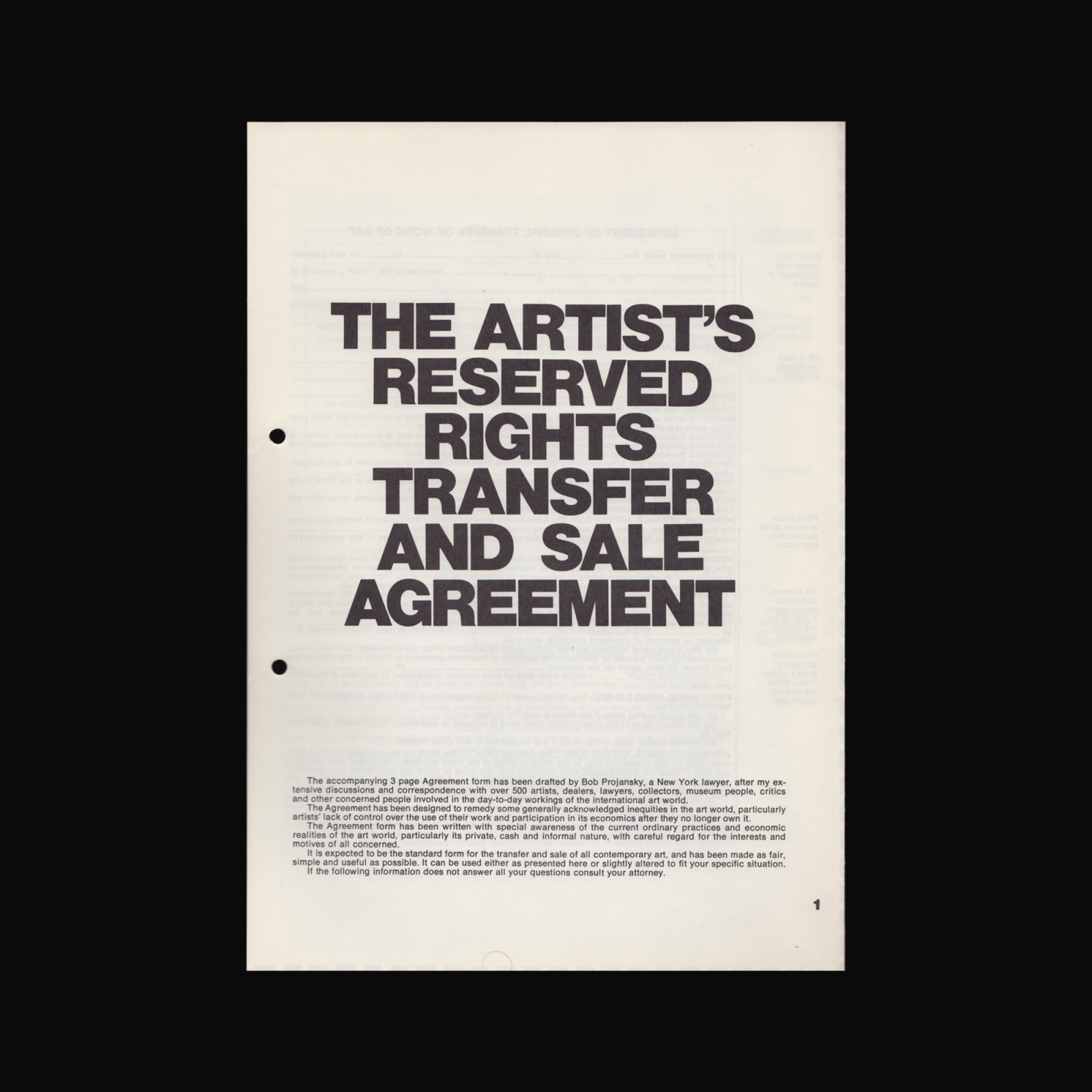
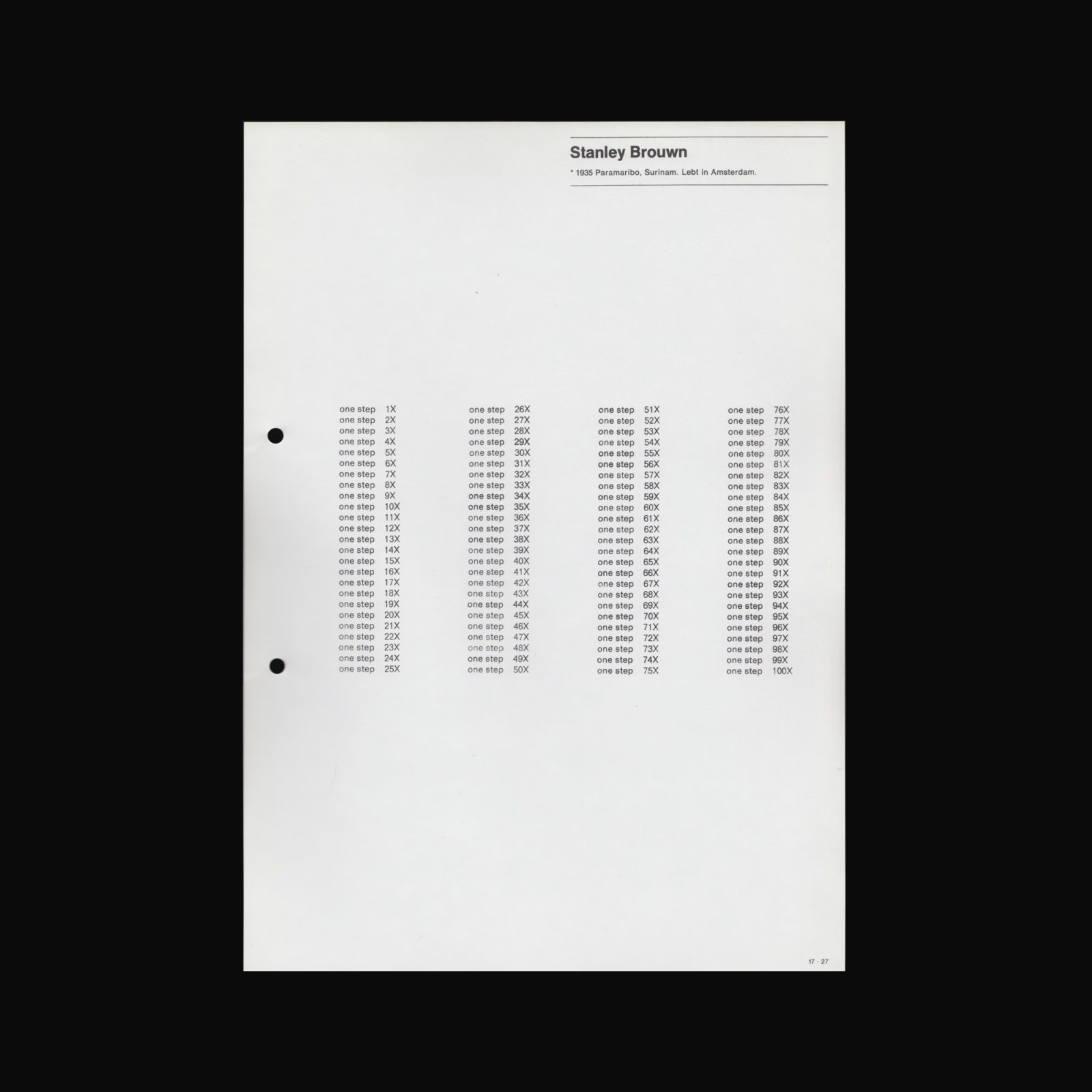
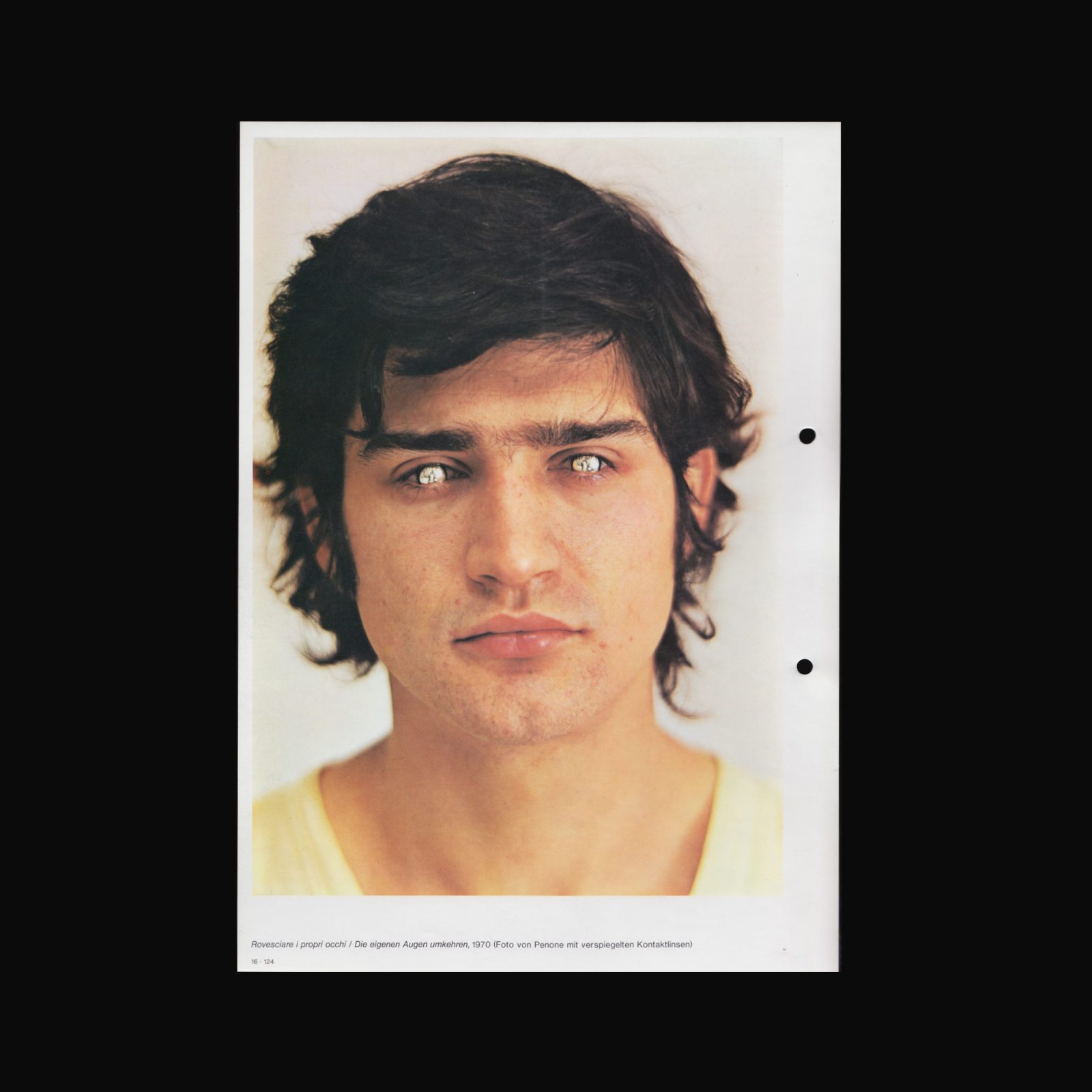
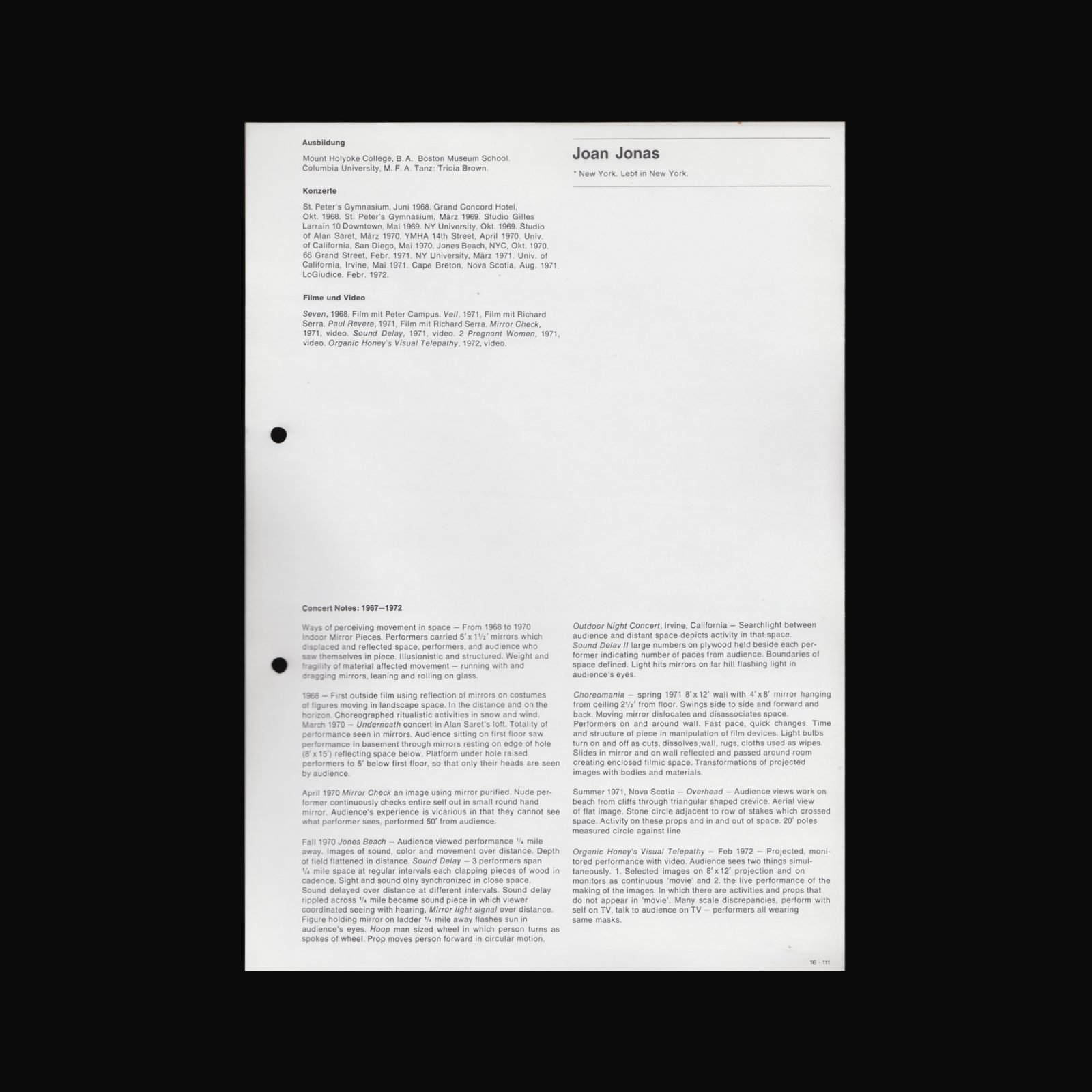
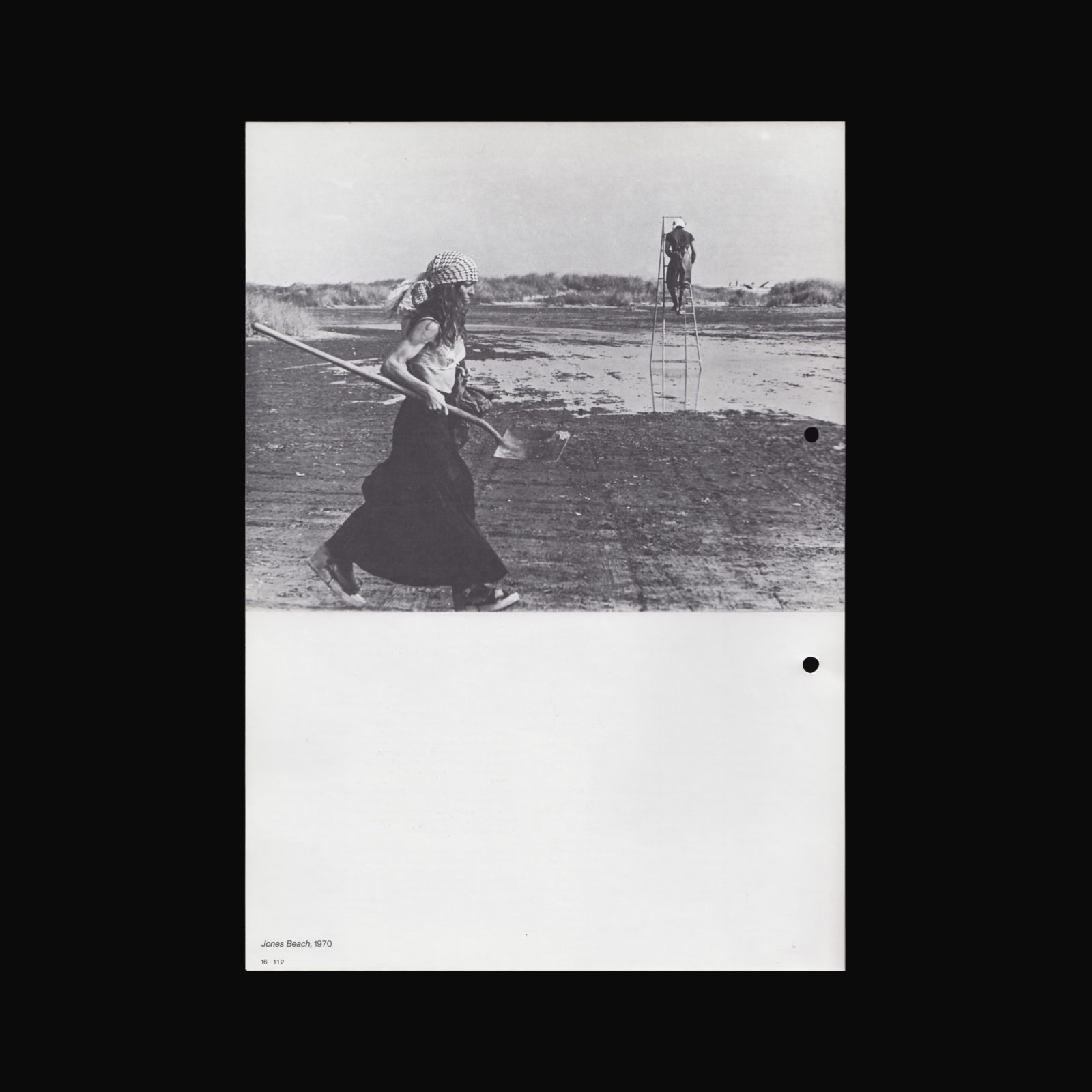
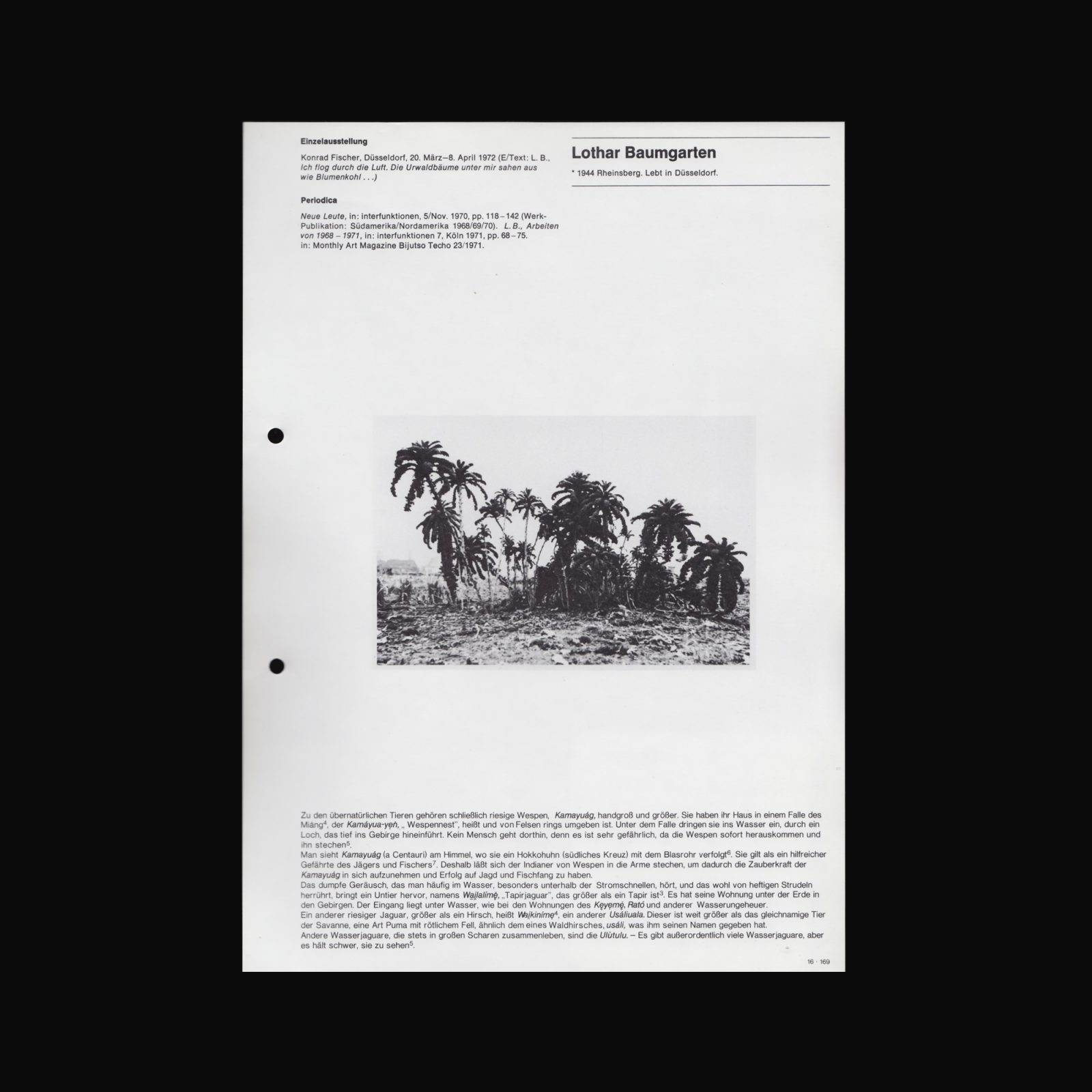
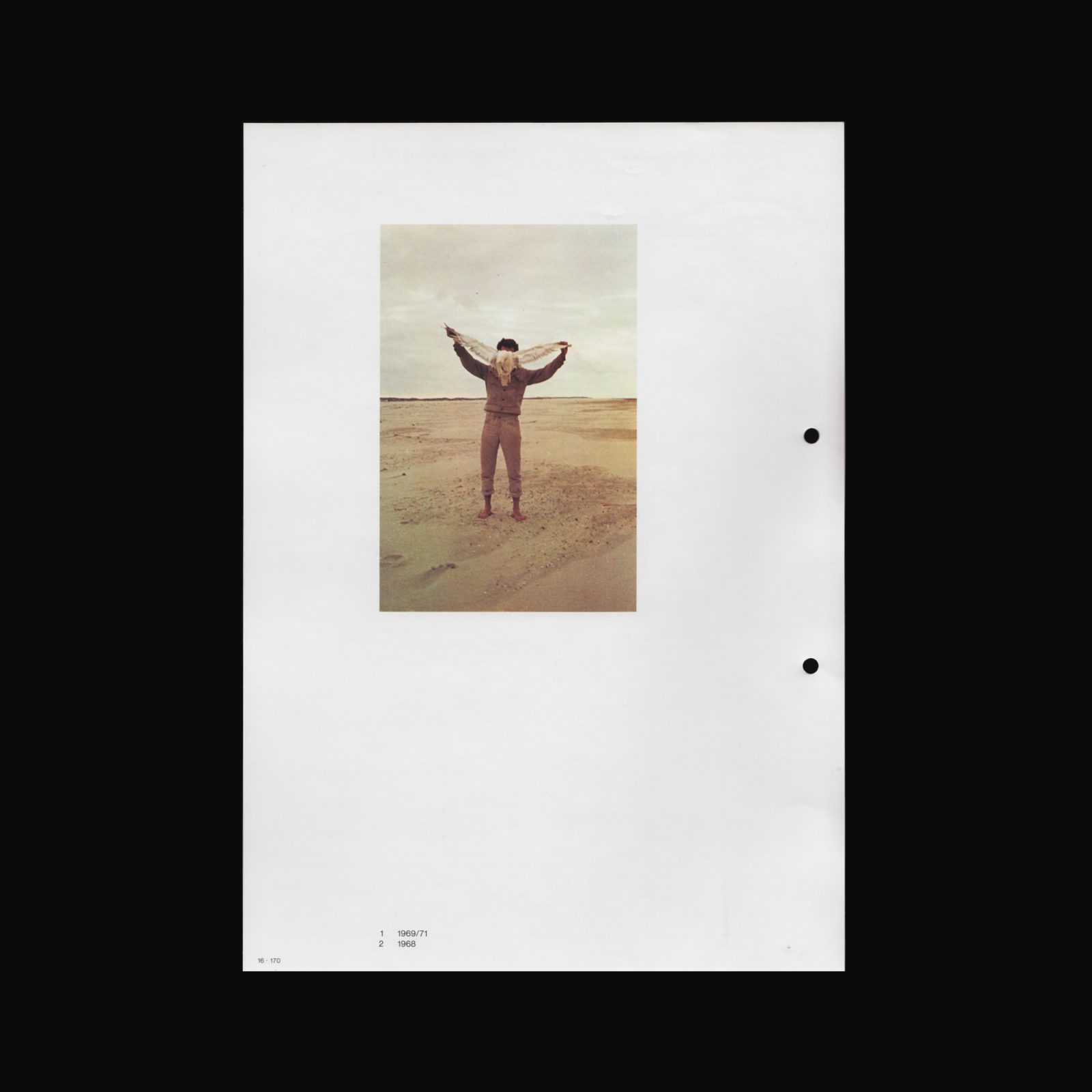
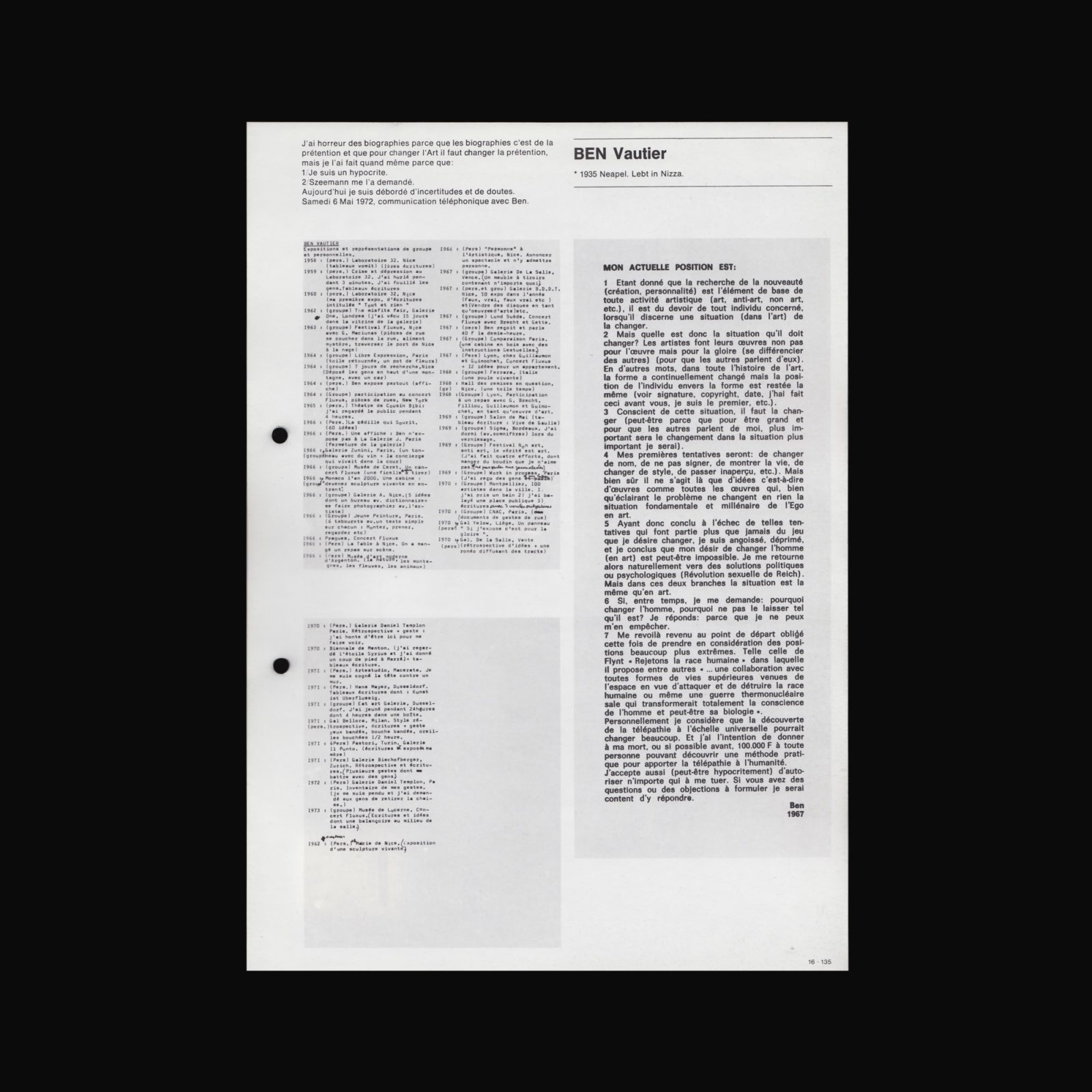
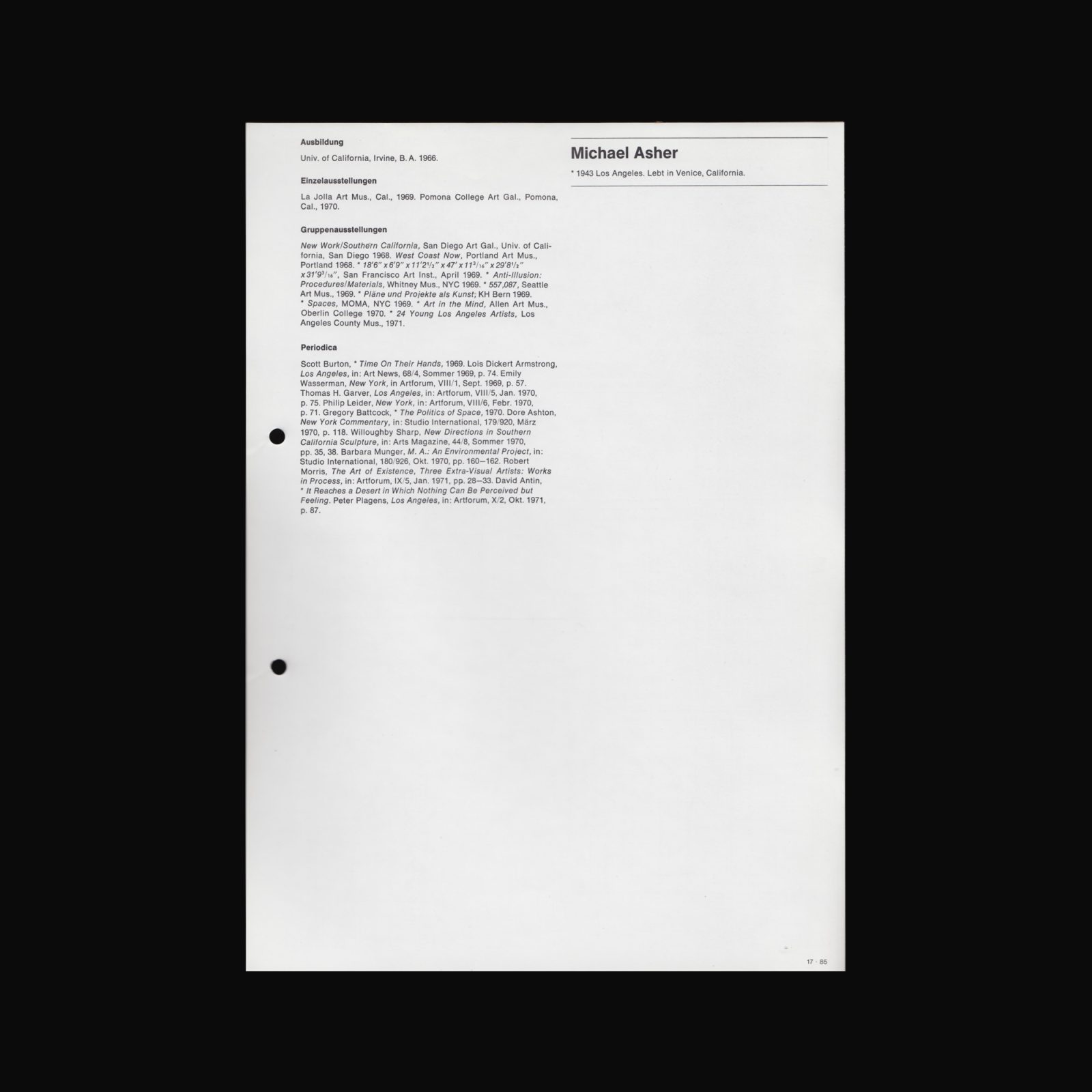
Catalogue produced for Documenta 5, 30 June and 8 October 1972 in Kassel, Germany. The artistic director Harald Szeemann channeled many of the curatorial concepts for the exhibition into the design of the catalogue itself.
Including artists such as; Art & Language, Bernd & Hilla Becher, Hanne Darboven, Hans Haacke, Edward Kienholz, David Lamelas, Agnes Martin, Paul Thek, Franz Erhard Walther, La Monte Young, & Marian Zazeela, Richard Tuttle, Paul Sharits, Gustav Metzger, Mario Merz, Joan Jonas, Eva Hesse, Dan Graham, Joseph Cornell, Tony Conrad, Stan Brakhage, KP Brehmer, James Lee Byars, Daniel Buren, stanley brouwn, Lothar Baumgarten amongst others.
Cover designed by Ed Ruscha.
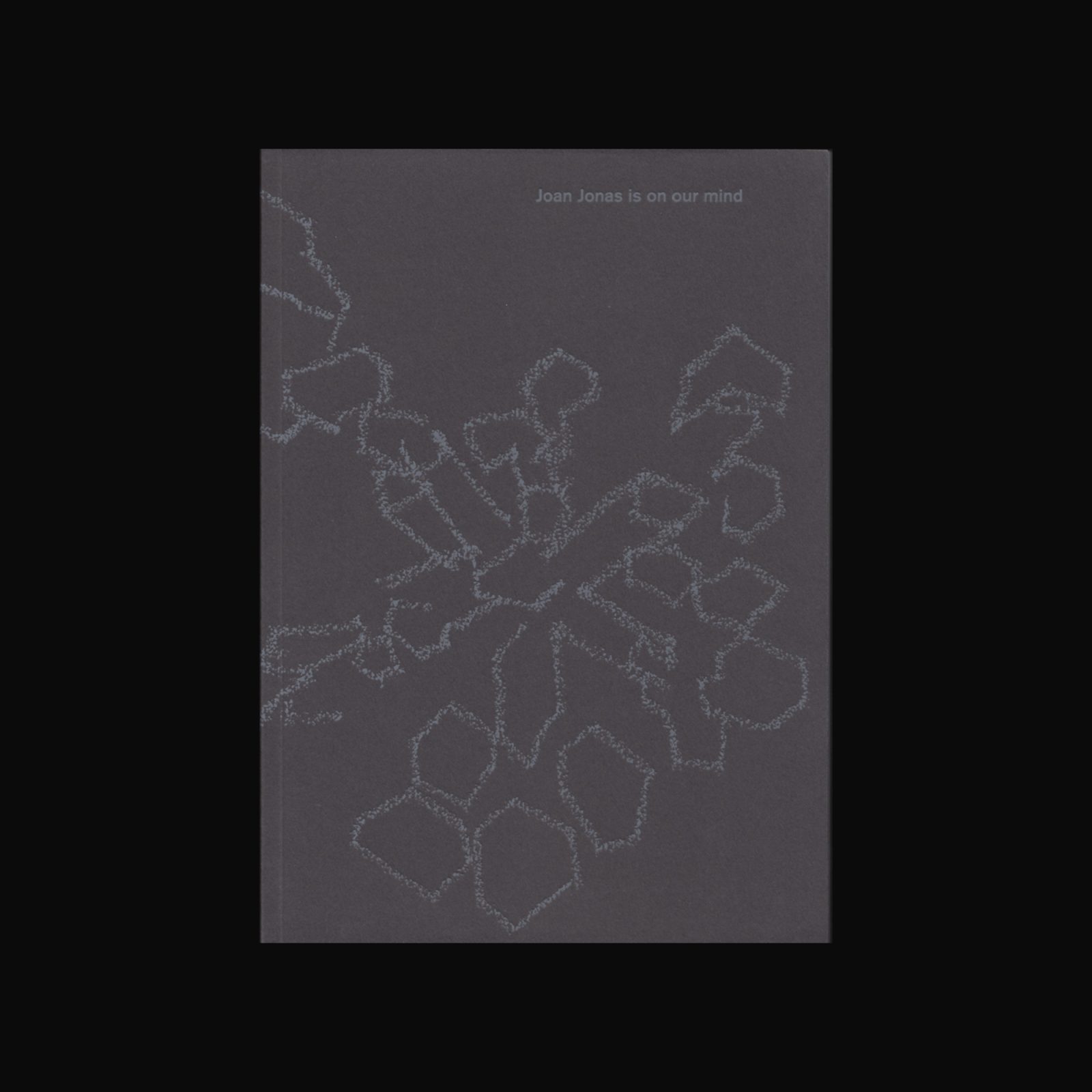

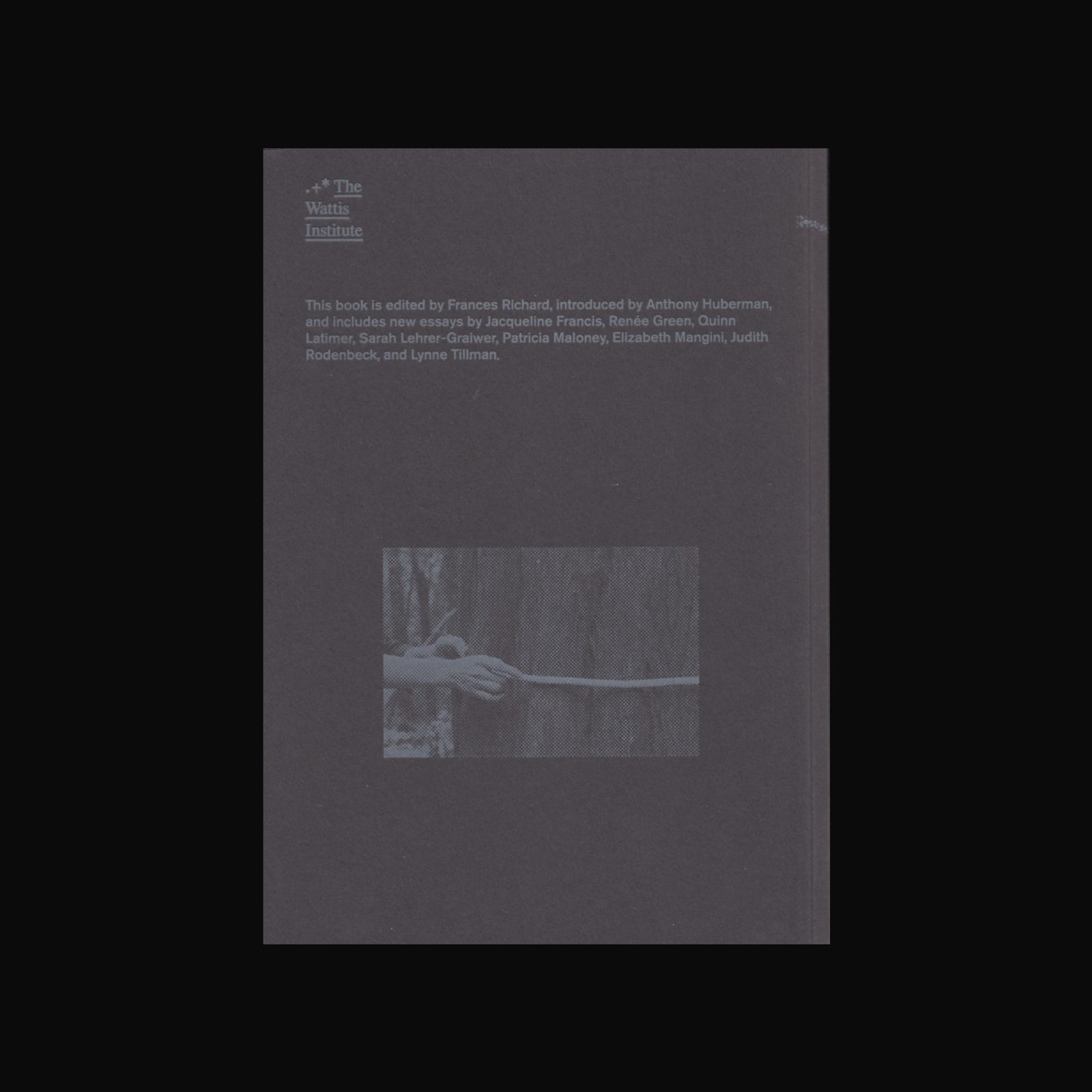
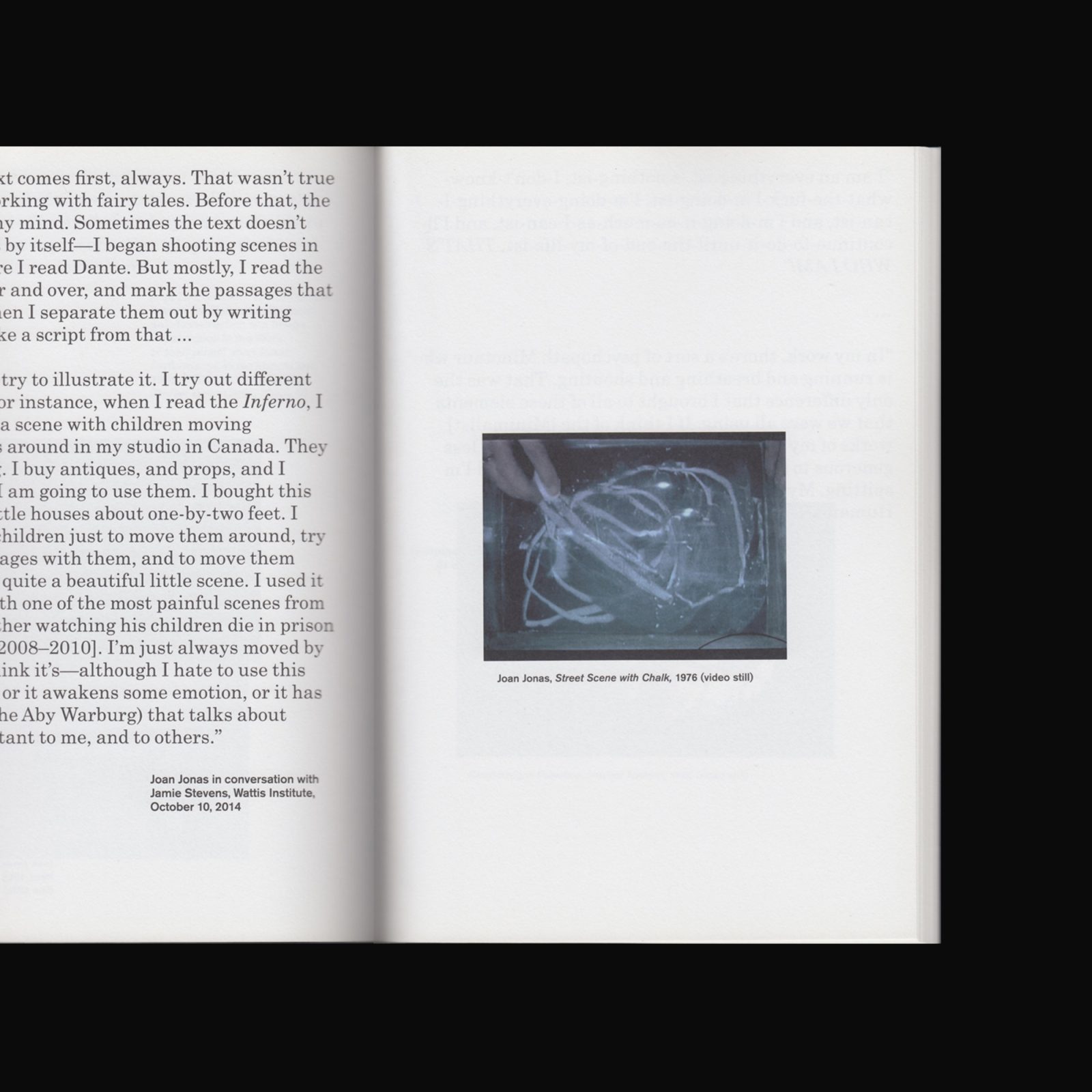
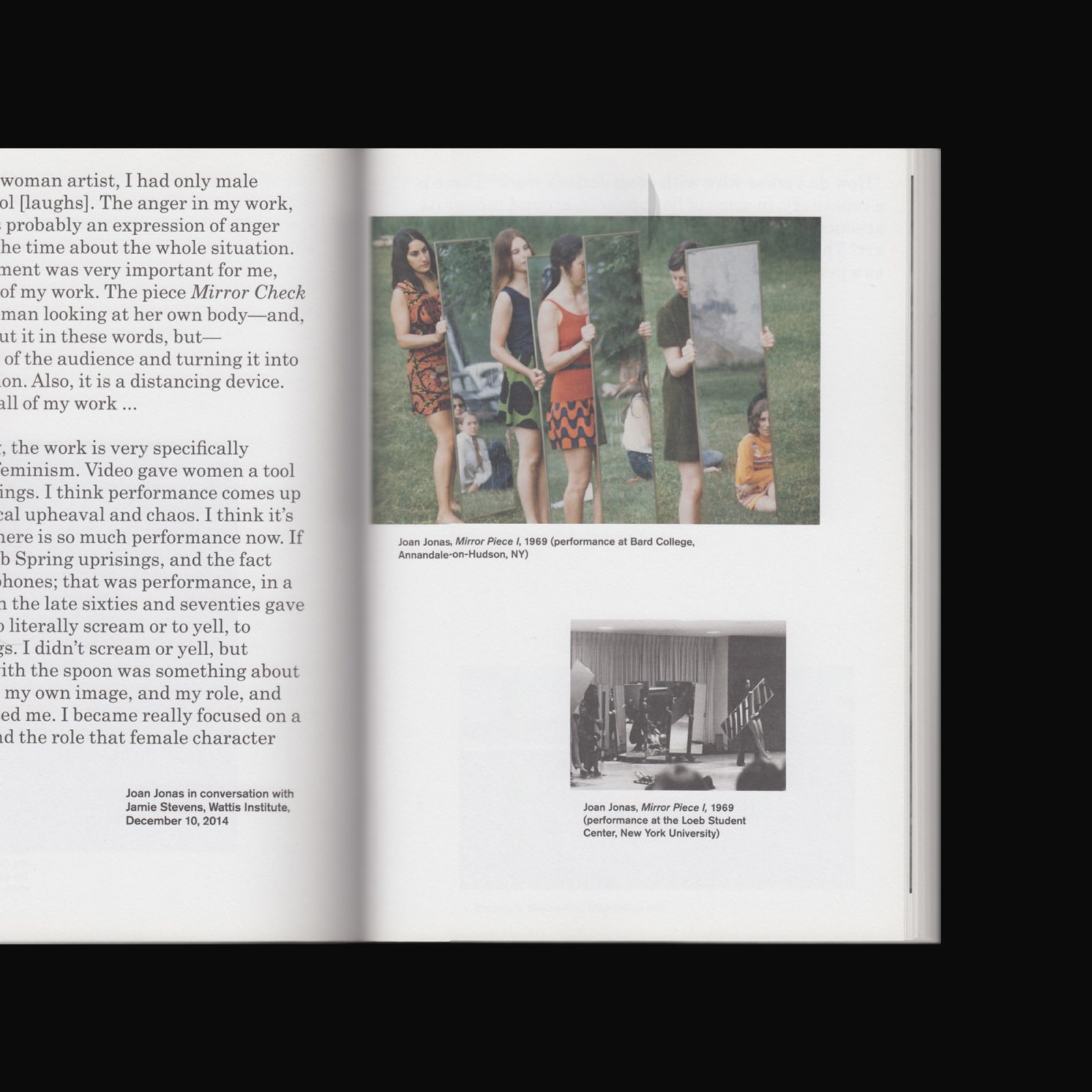
The CCA Wattis Institute in San Francisco dedicates year long seasons of discussions and public events to a single artist. In 2014–15, Joan Jonas was “on our mind.” This book brings together essays from writers, curators, art historians and artists that focus on a single work, from Jonas’ earliest films through her installation for the US Pavilion at the 56th Venice Biennale. The book also contains excerpts from readings and public lectures, and images by some of the other artists whose work was evoked in public and private conversation. Contributors include Jacqueline Francis, Renée Green, Quinn Latimer, Sarah Lehrer-Graiwer, Patricia Maloney, Elizabeth Mangini, Judith Rodenbeck and Lynne Tillman.